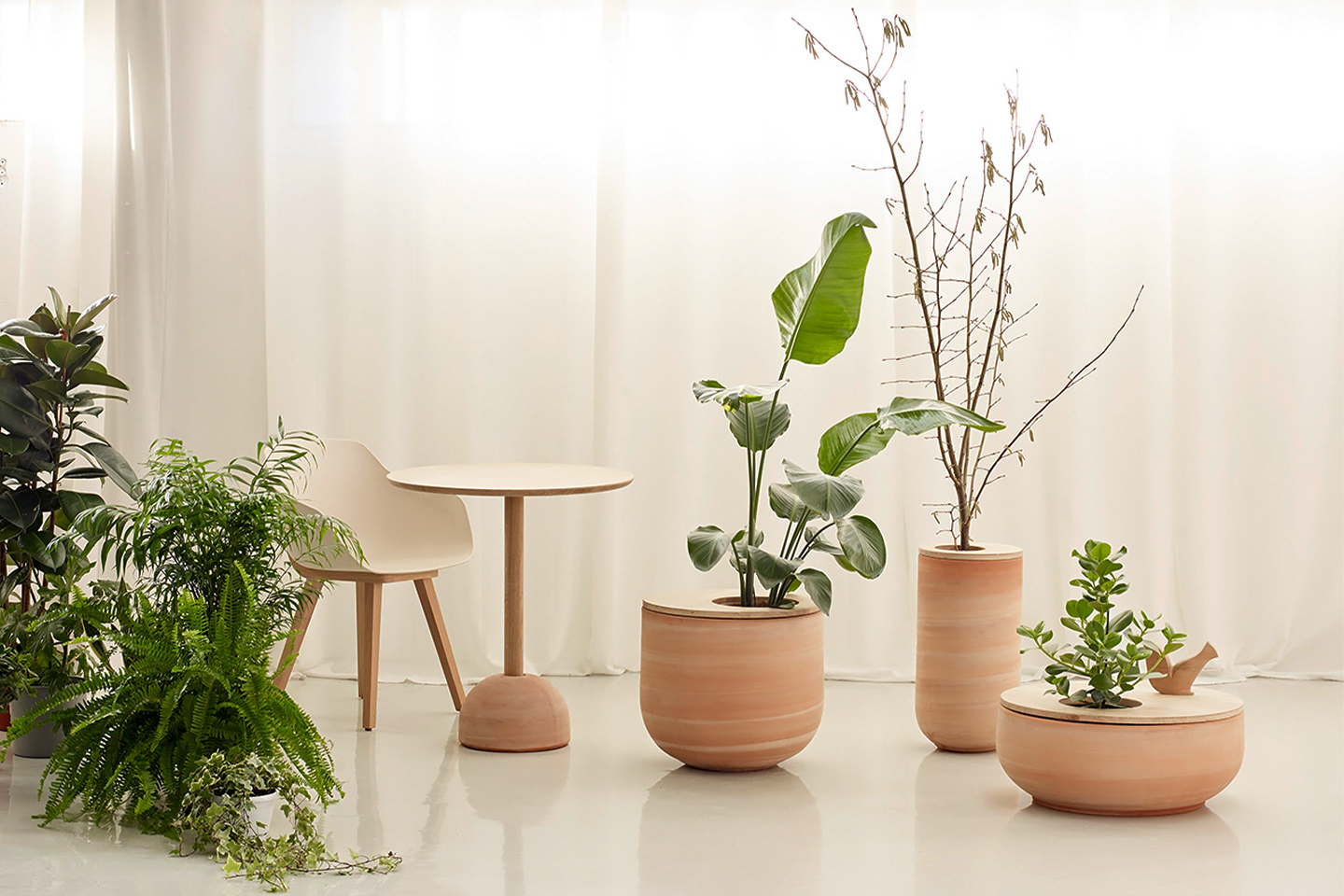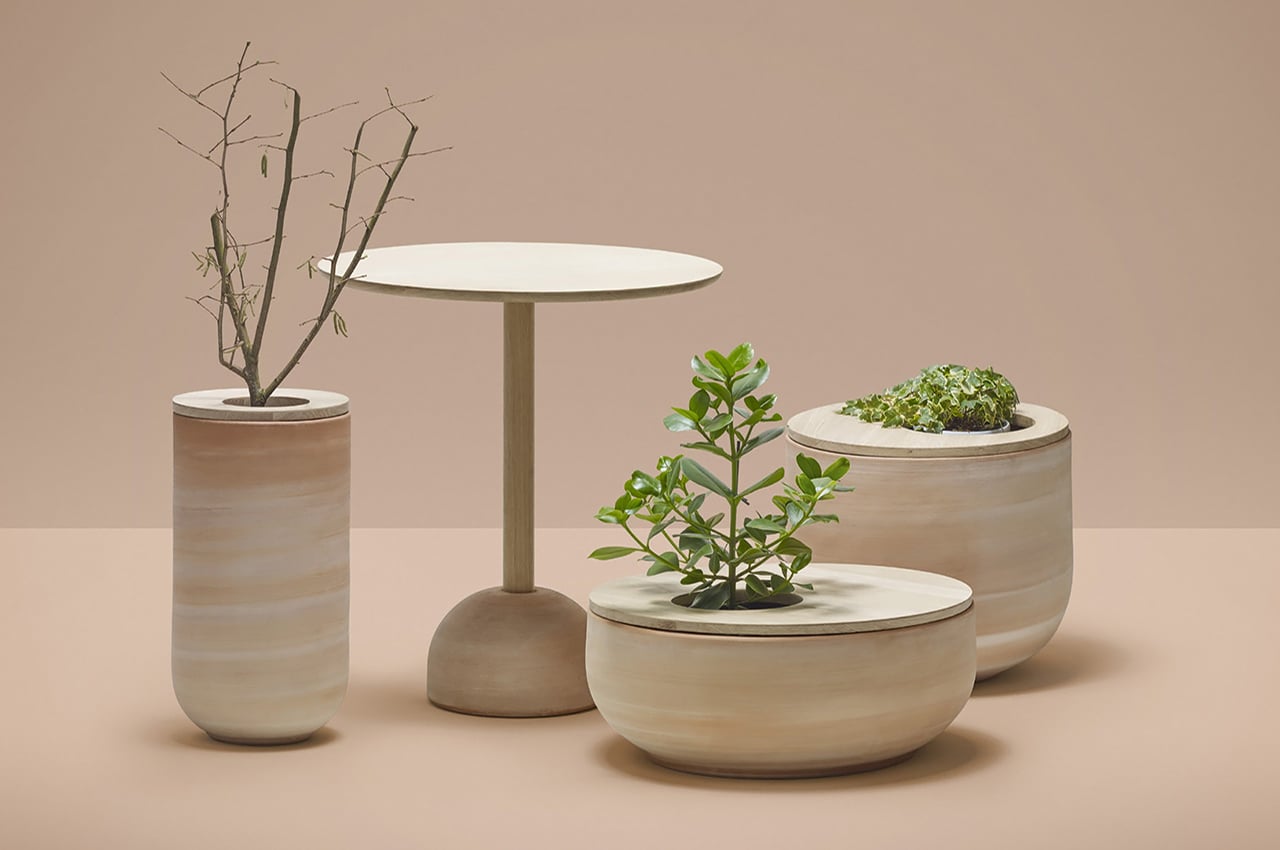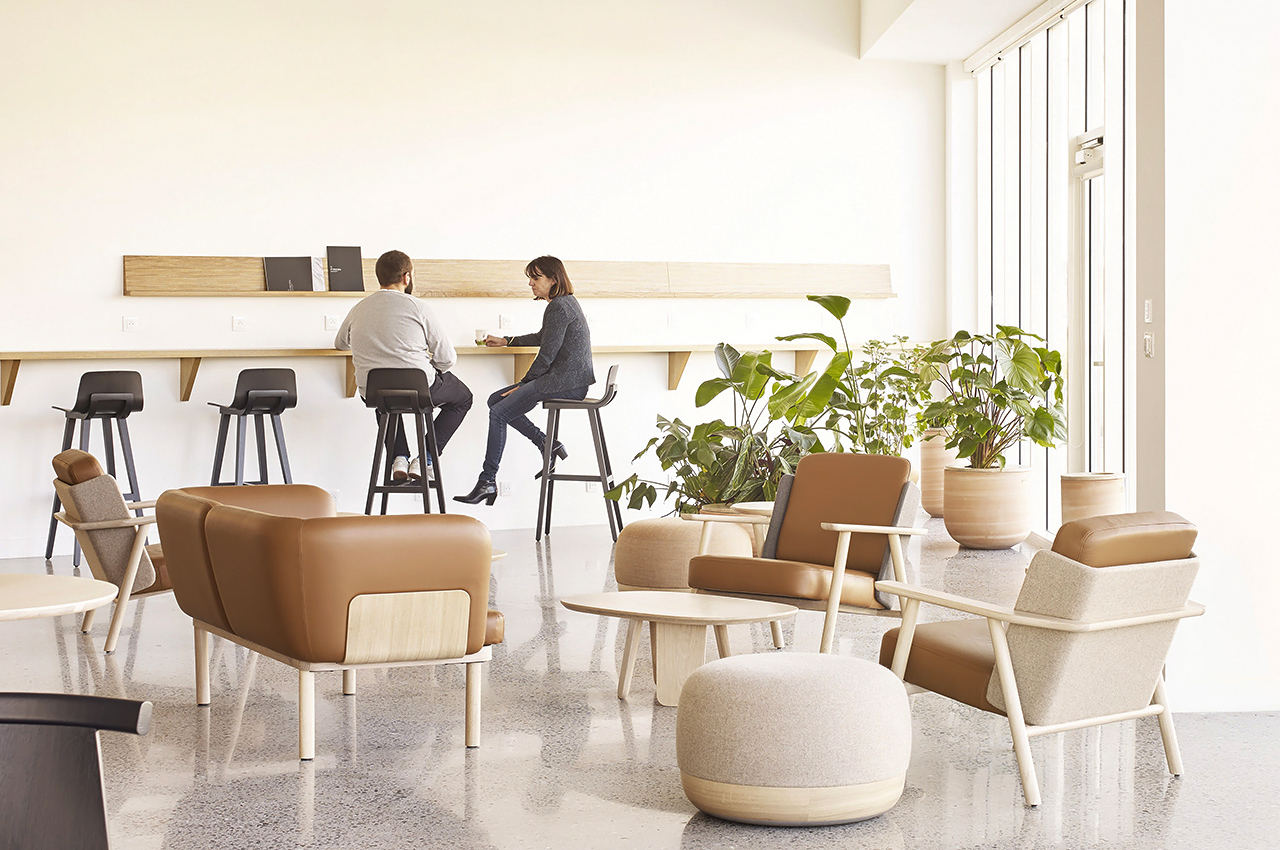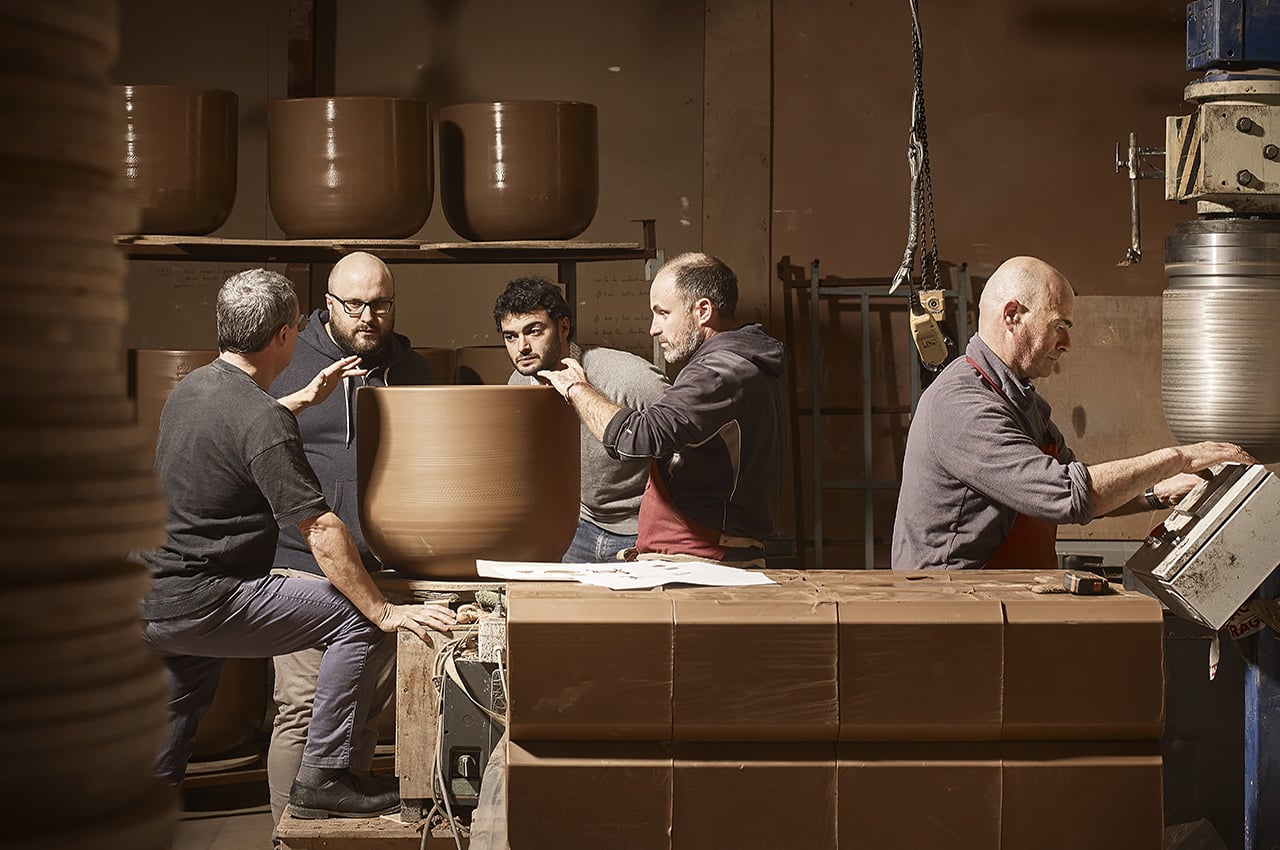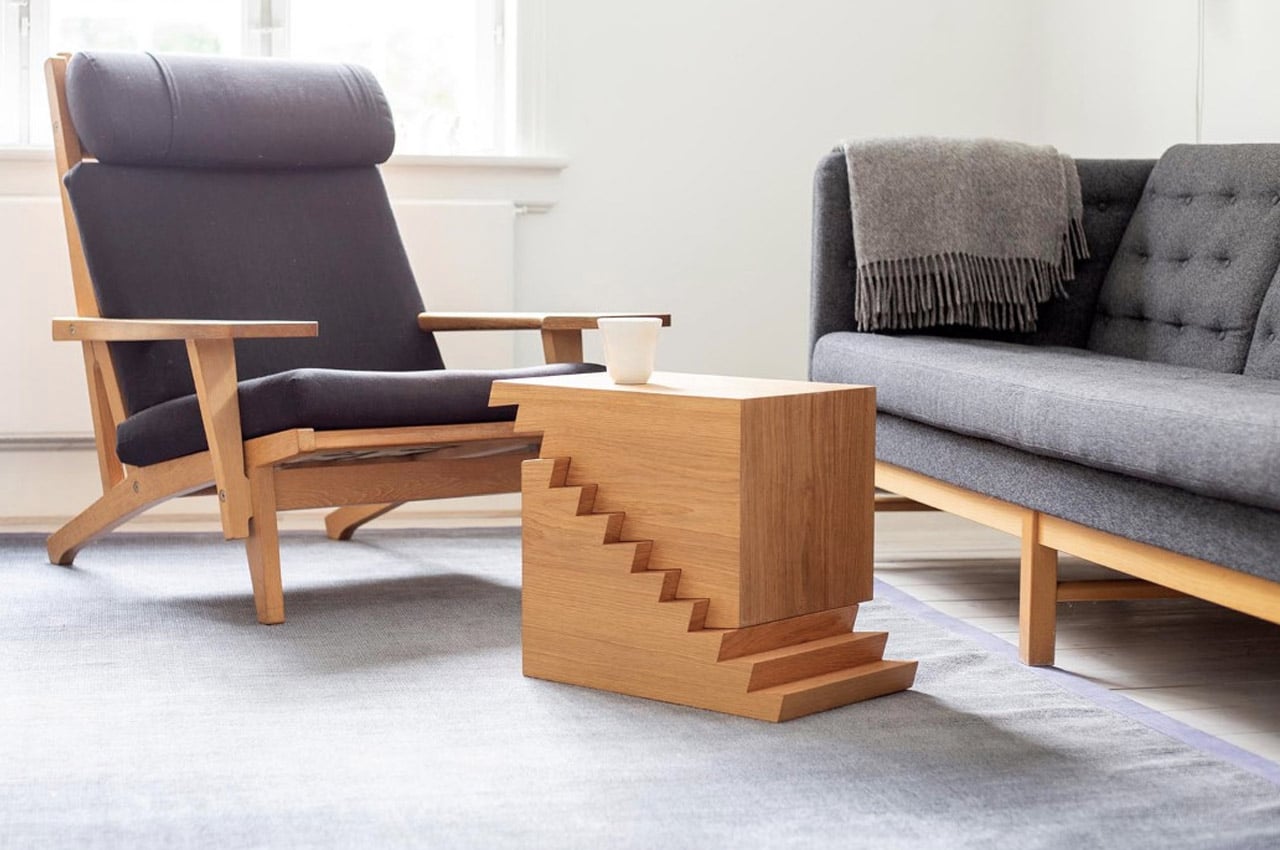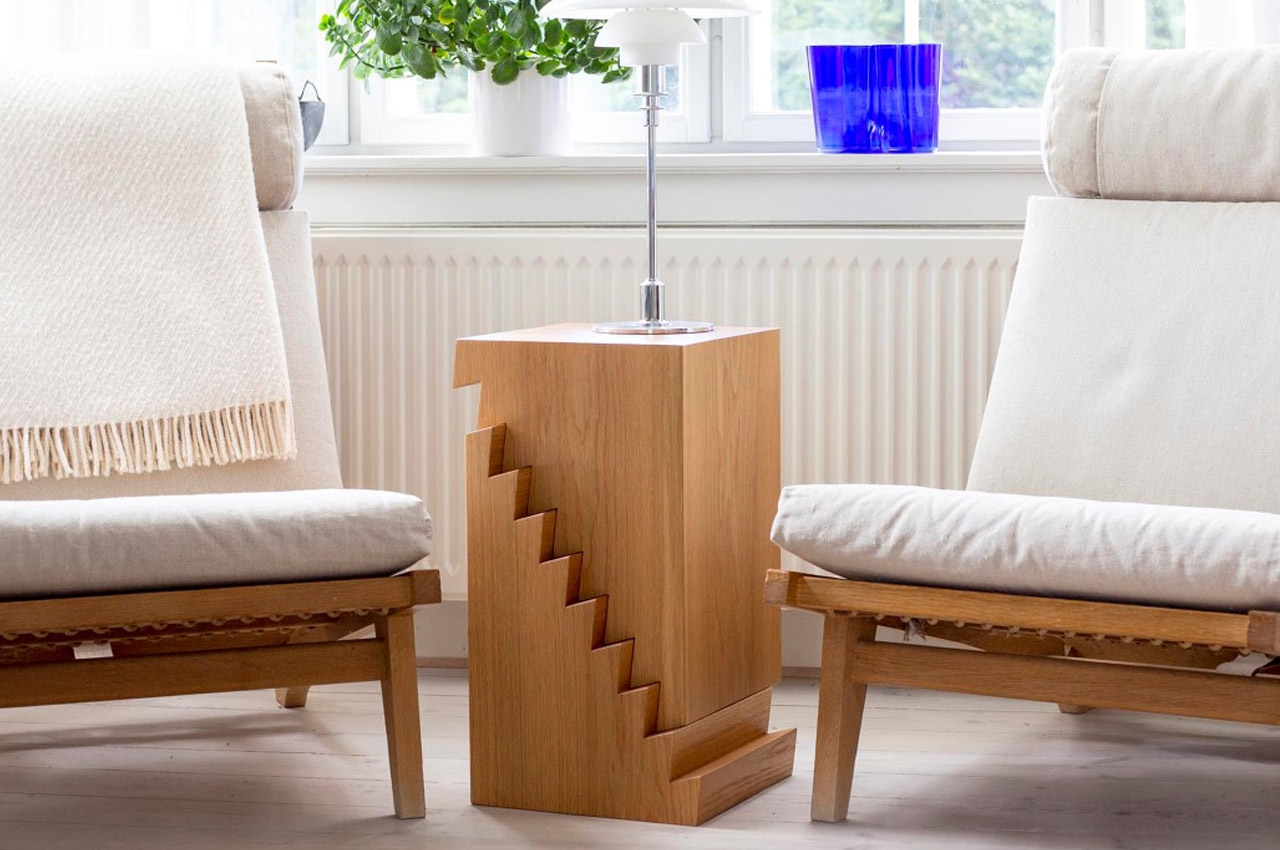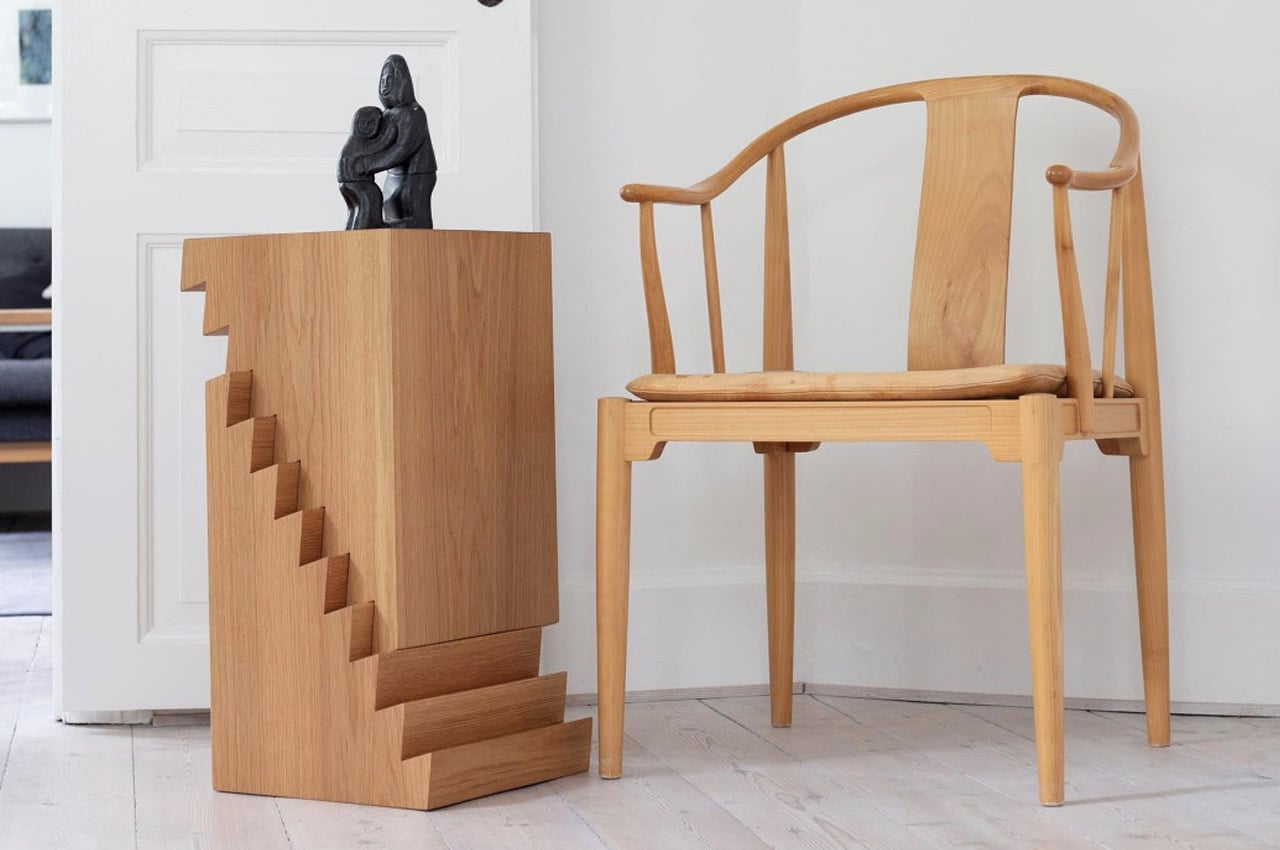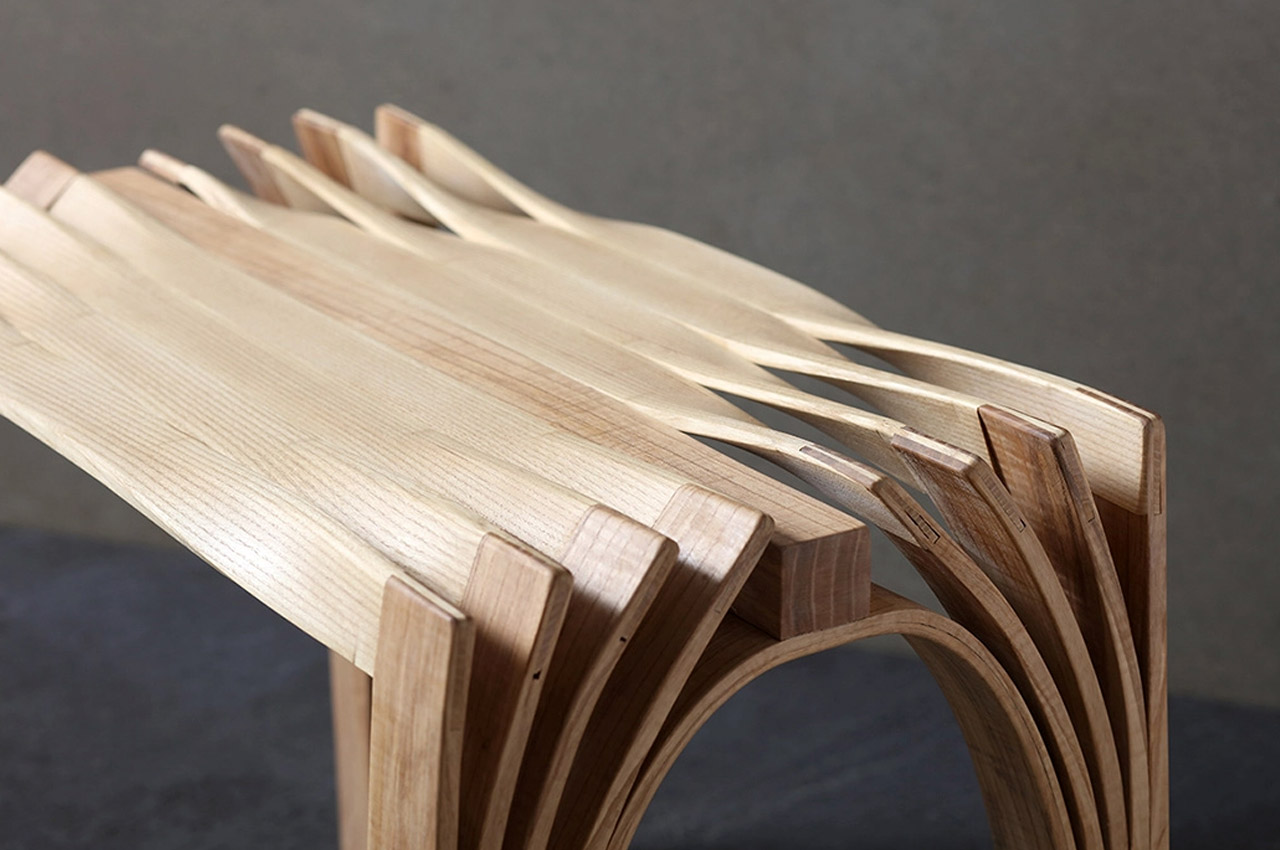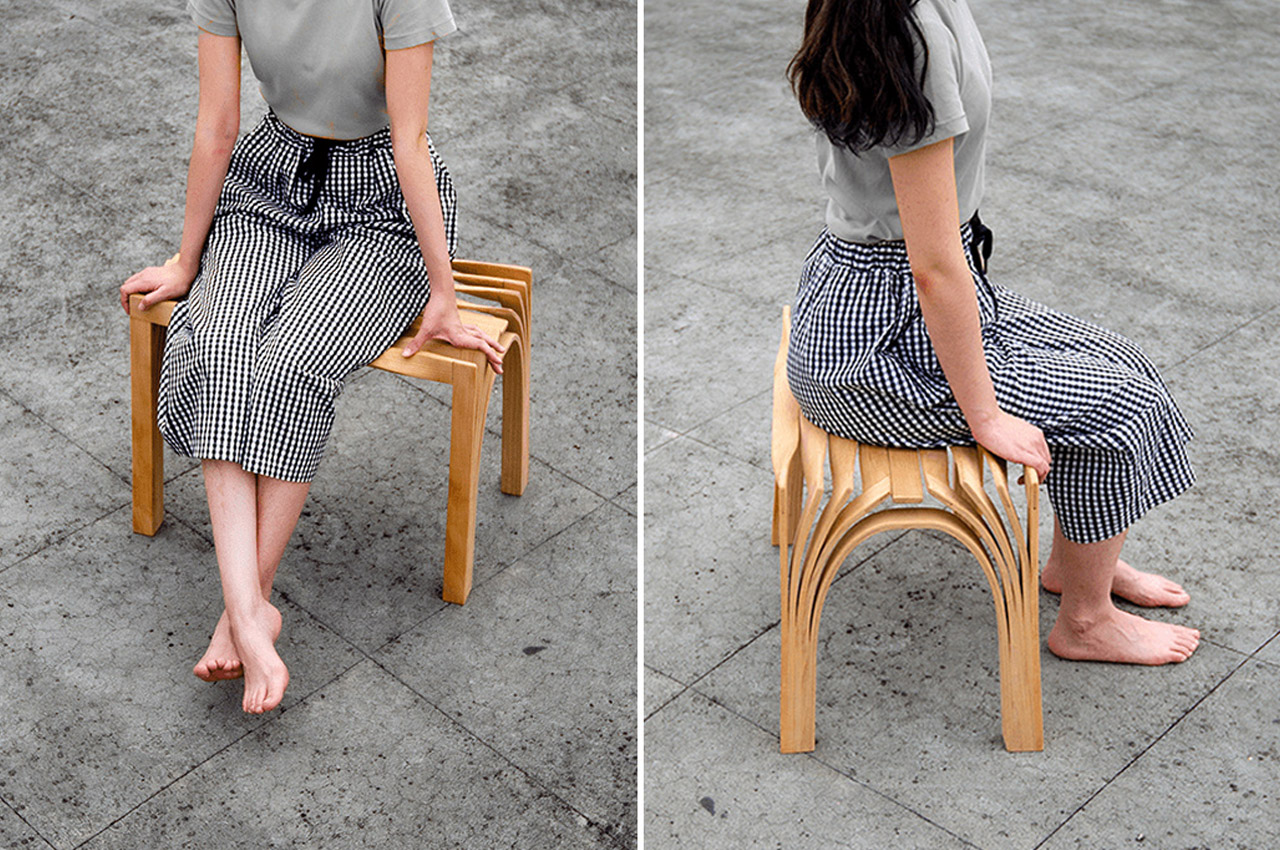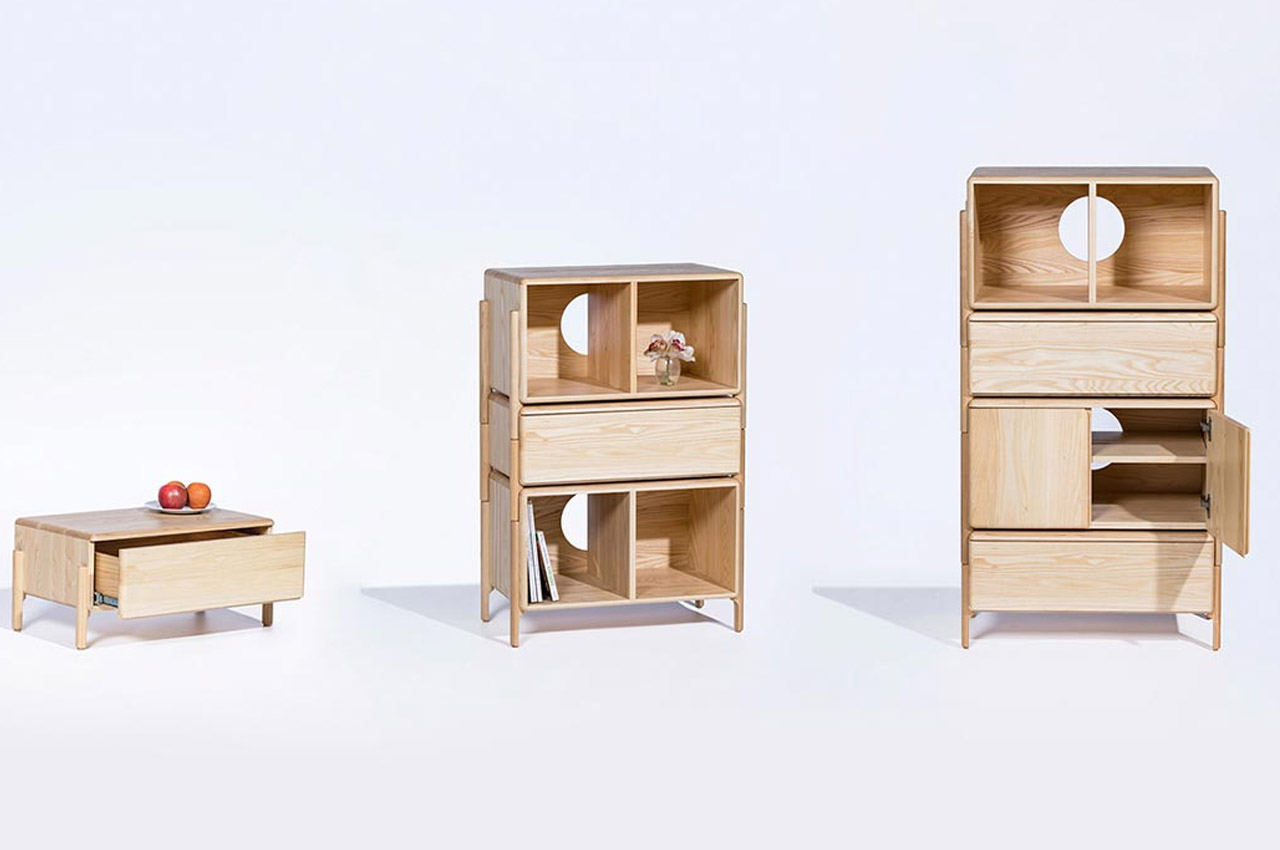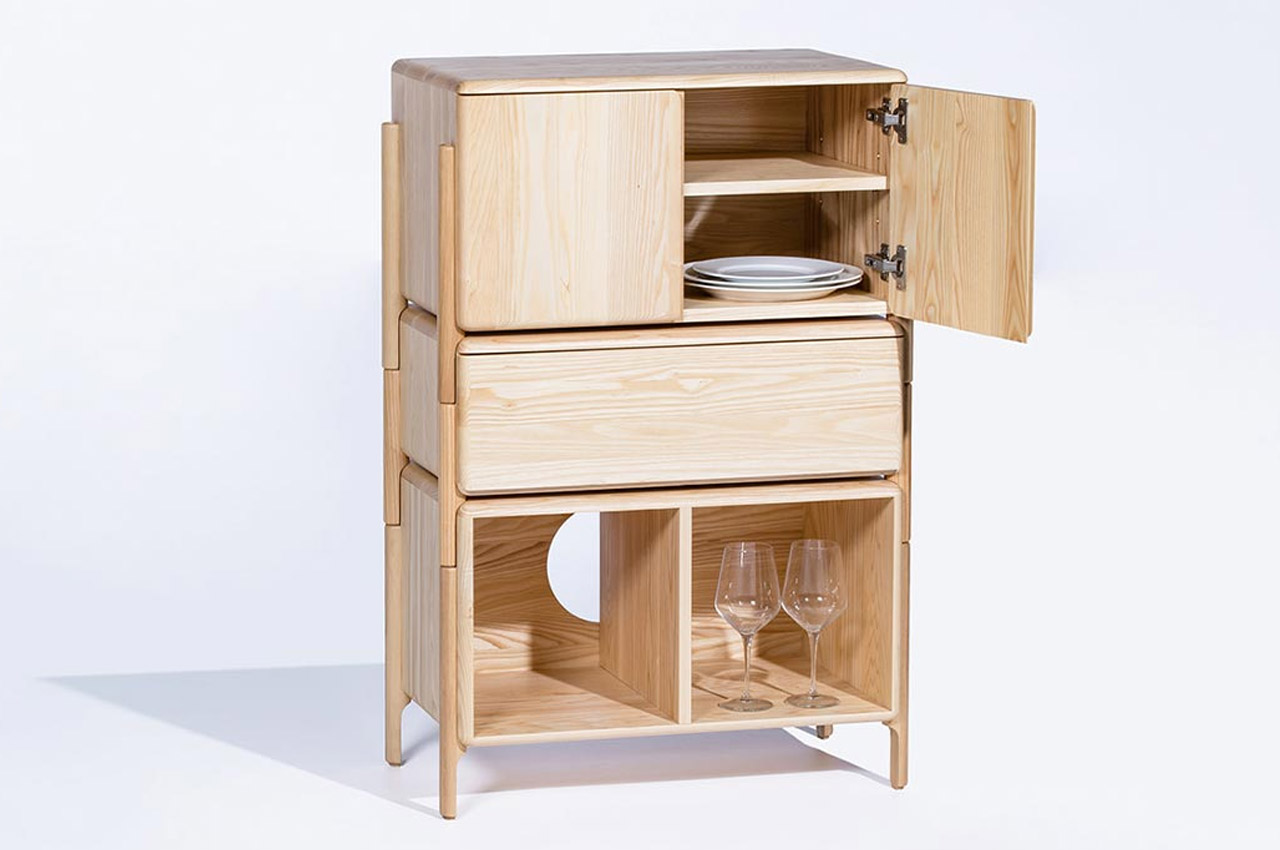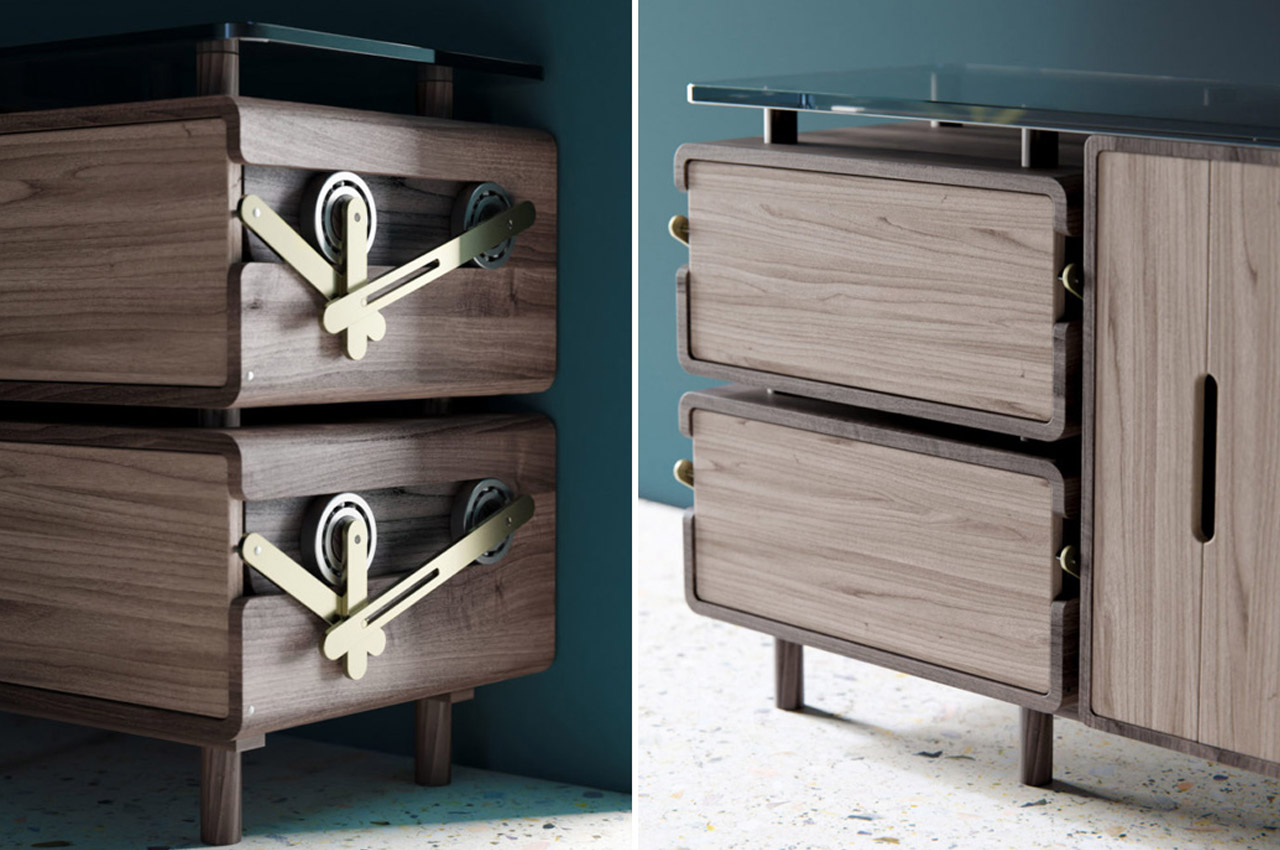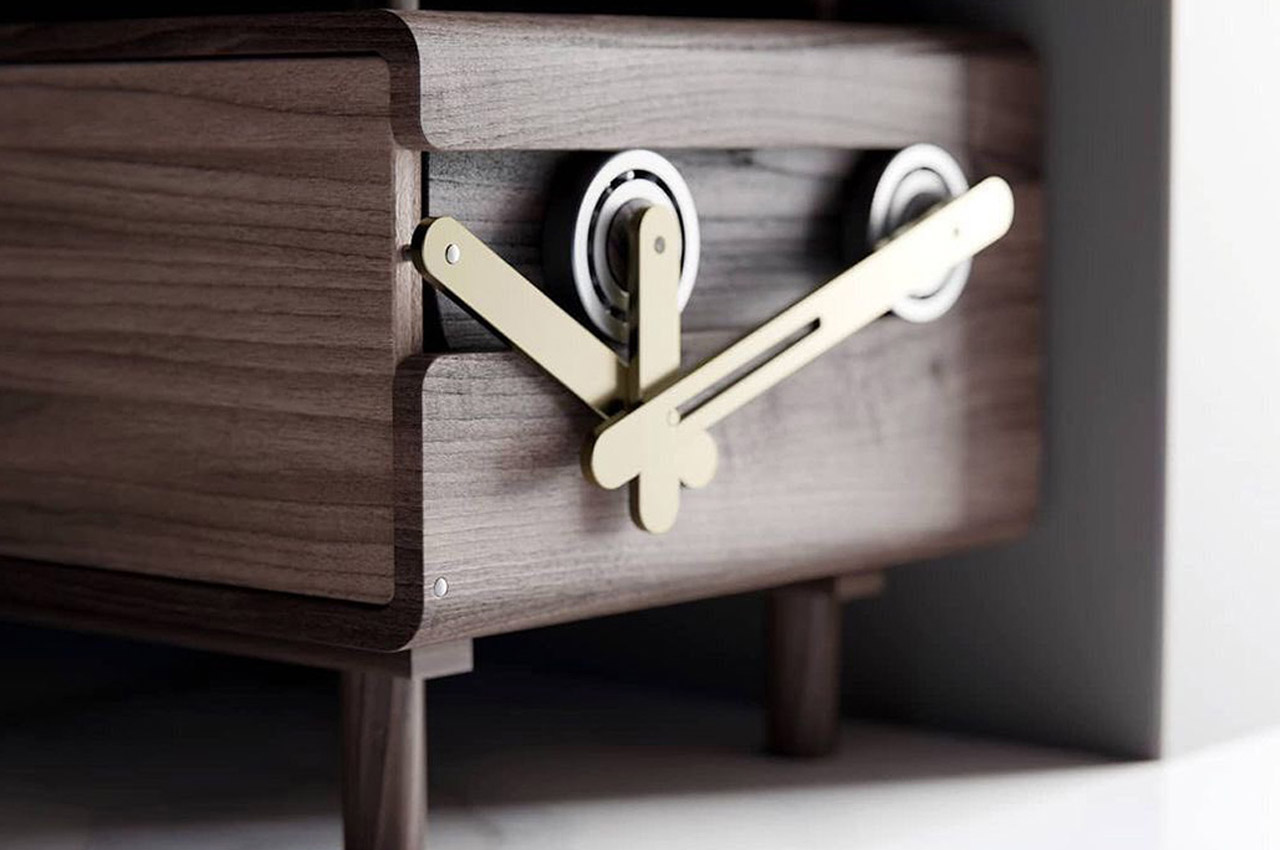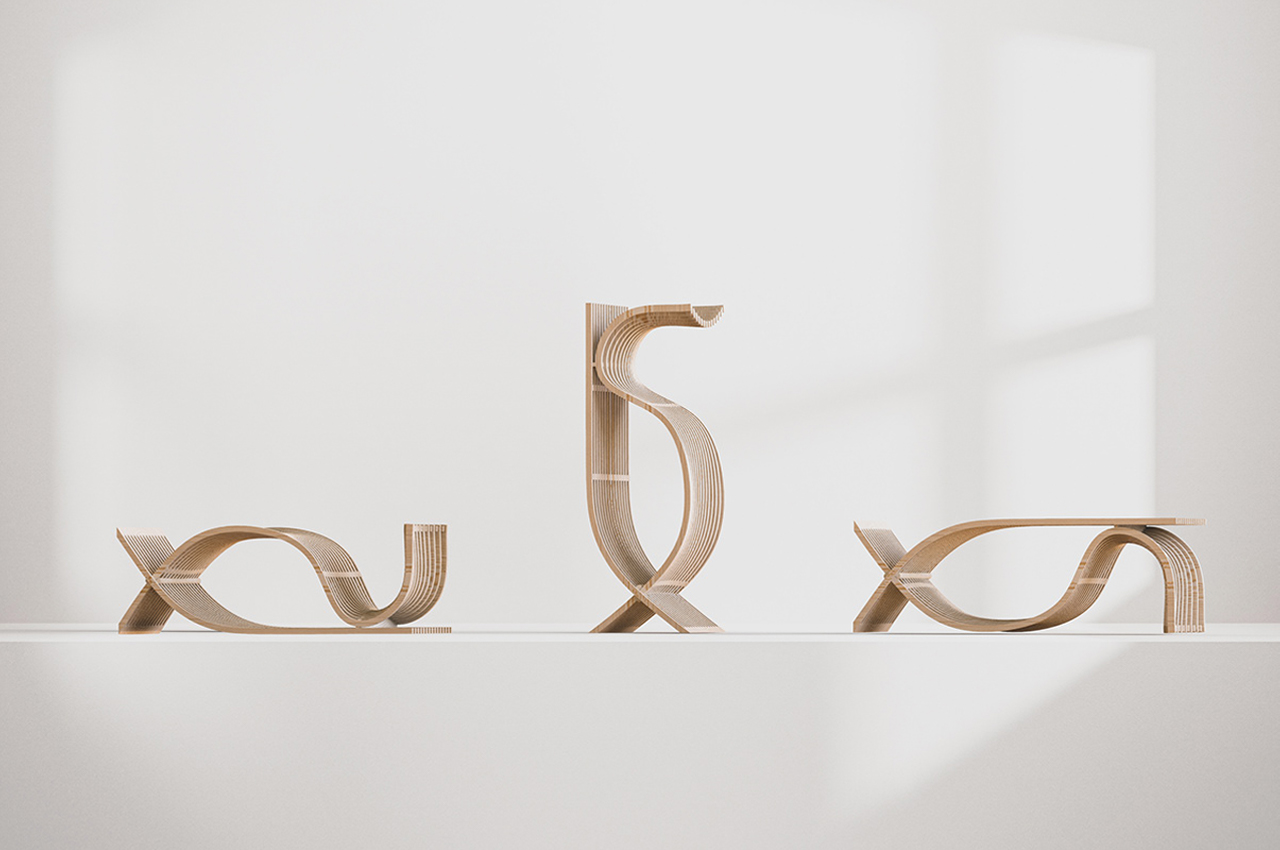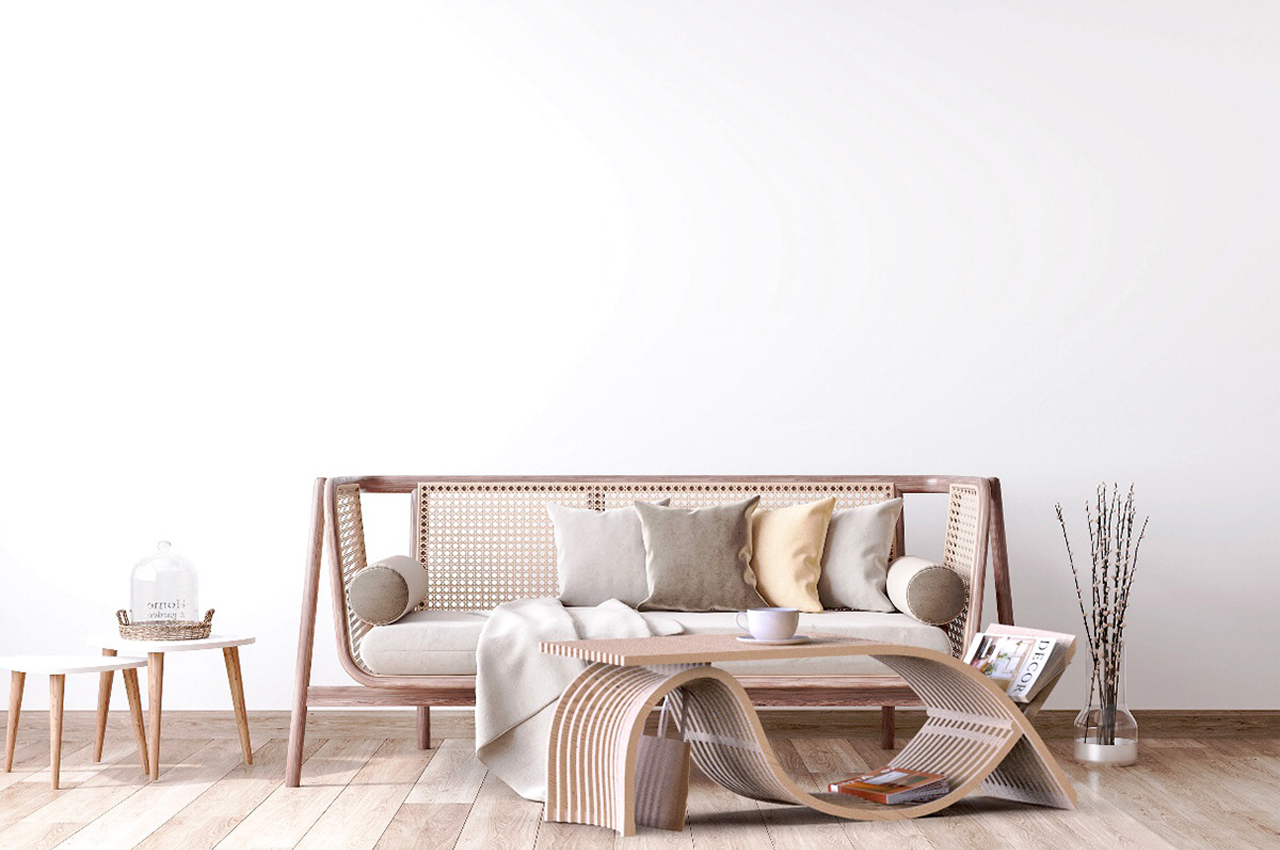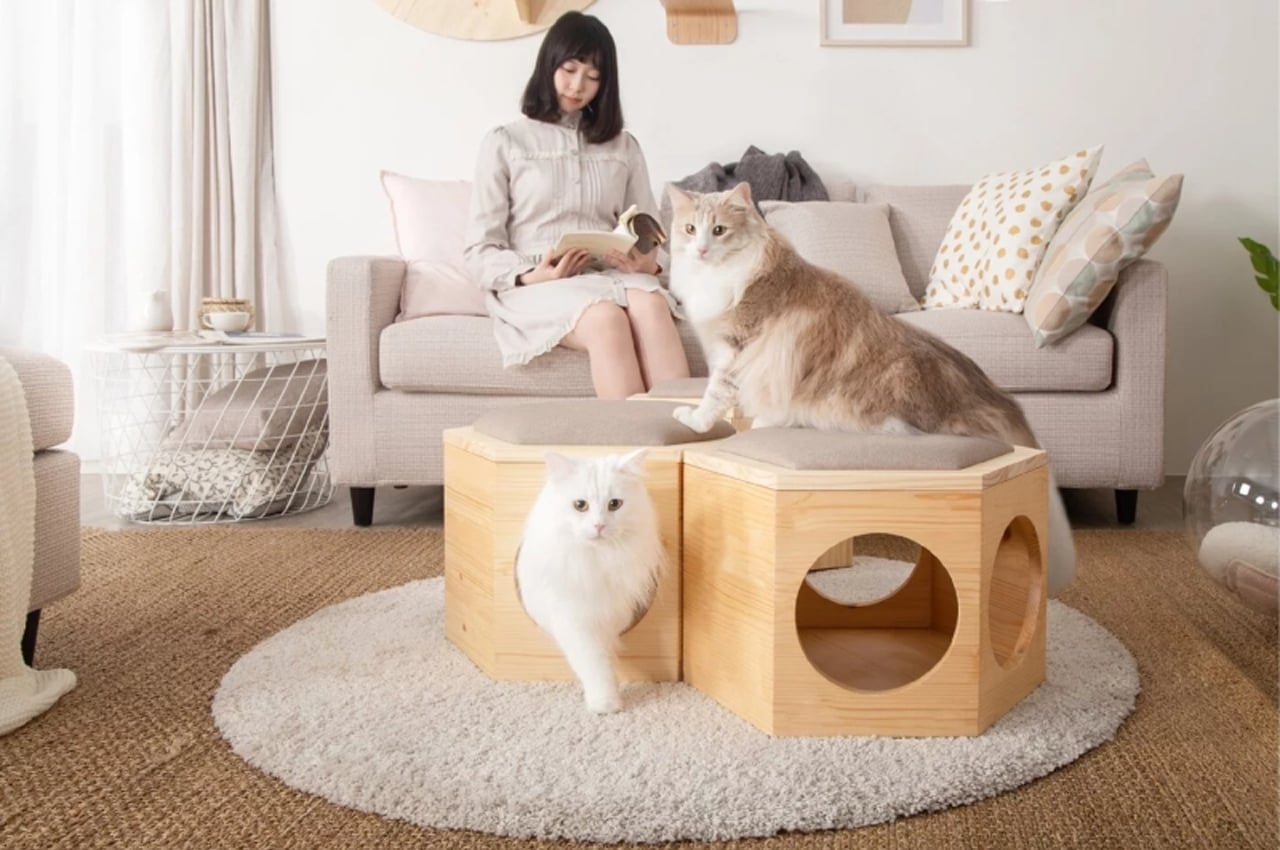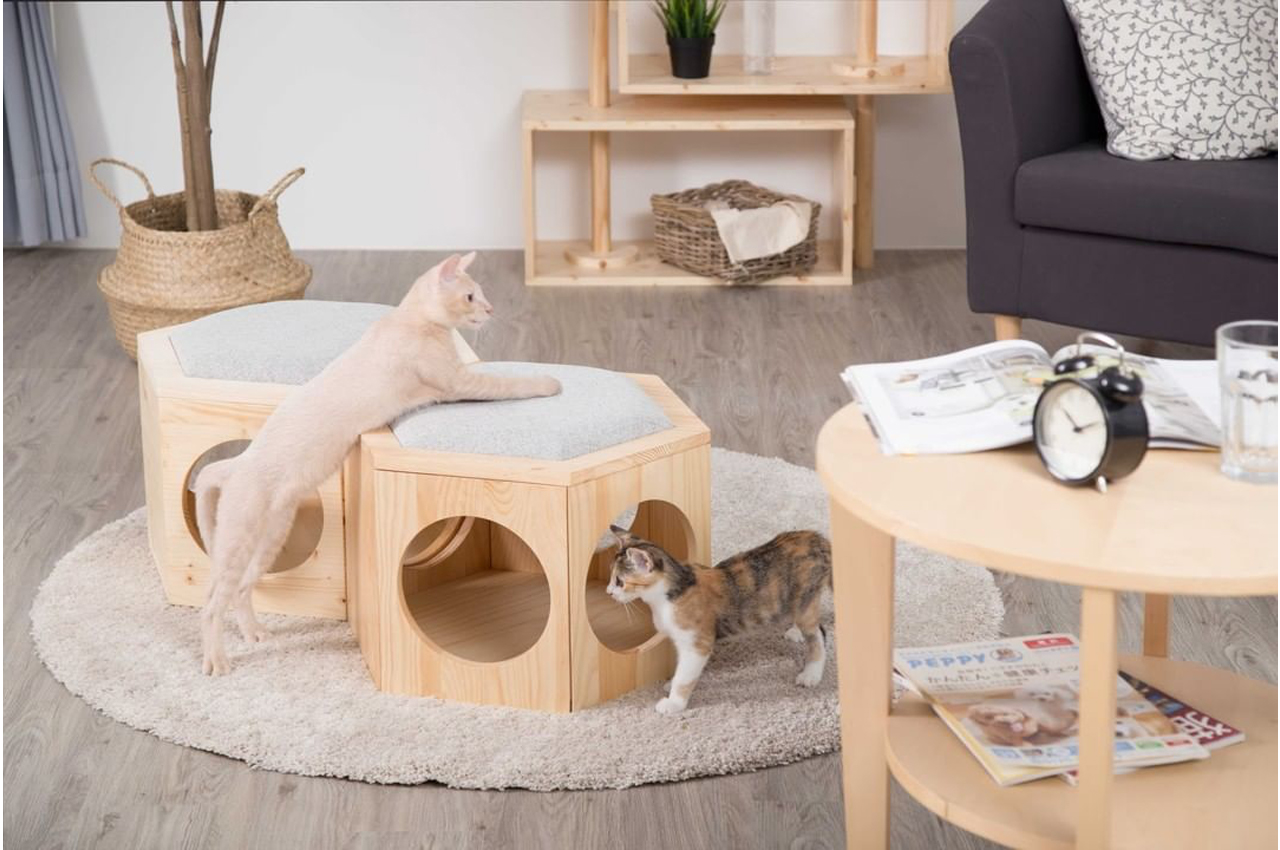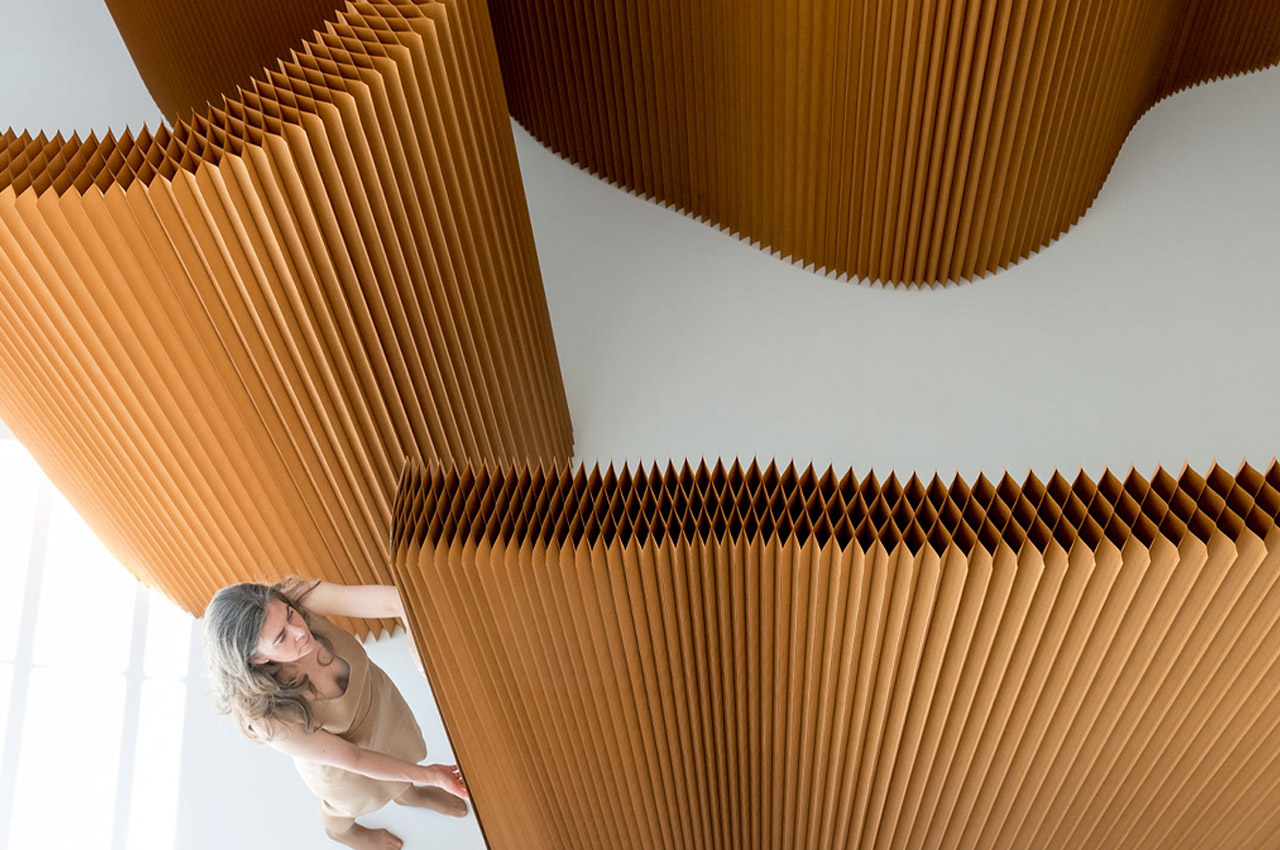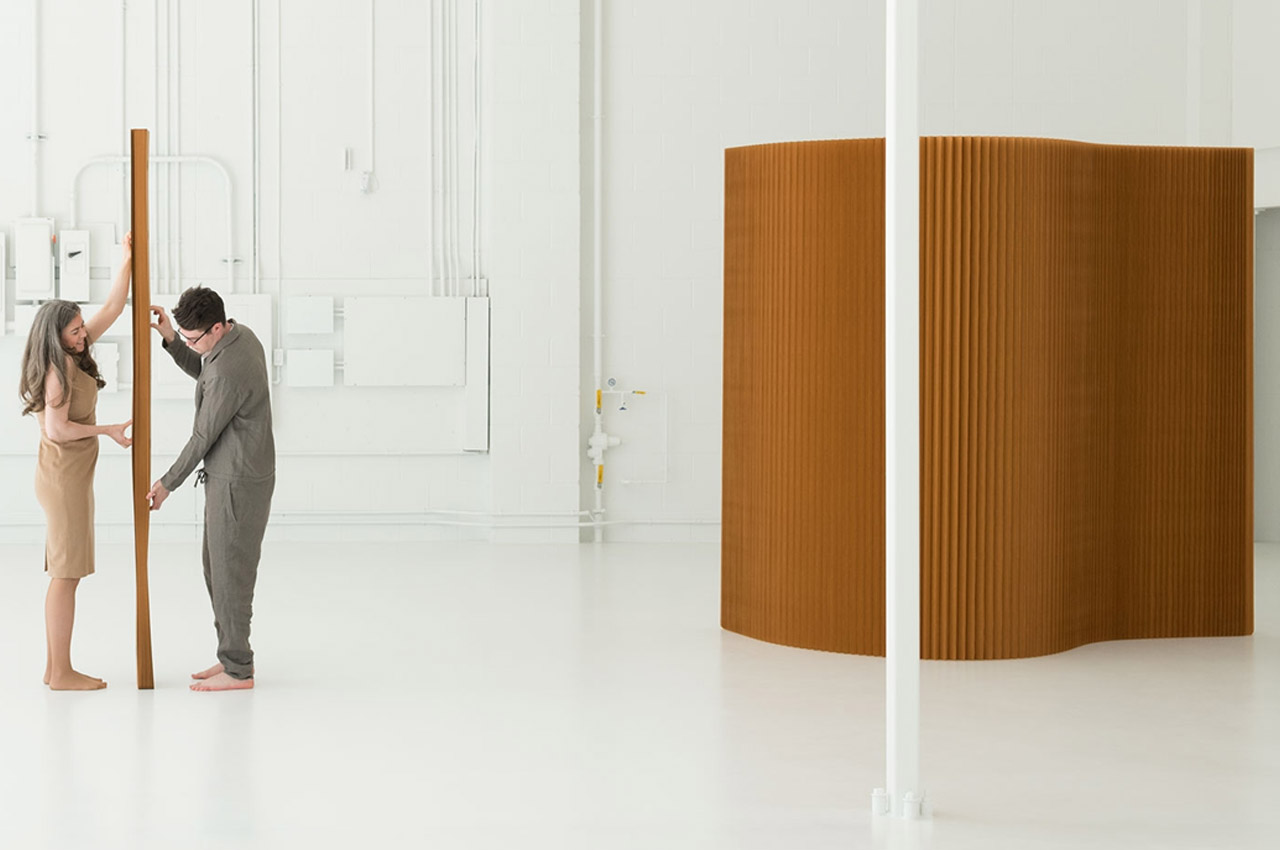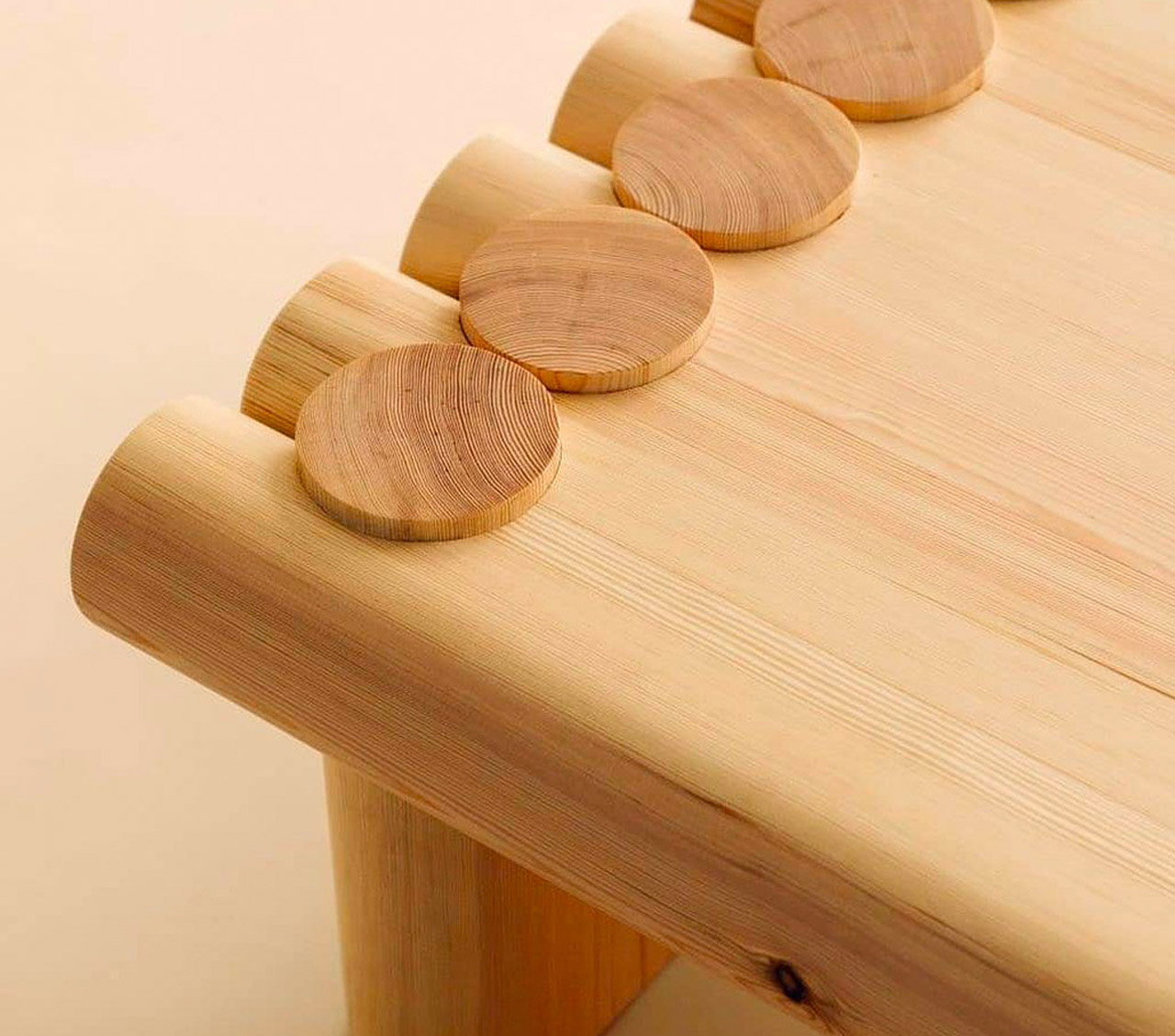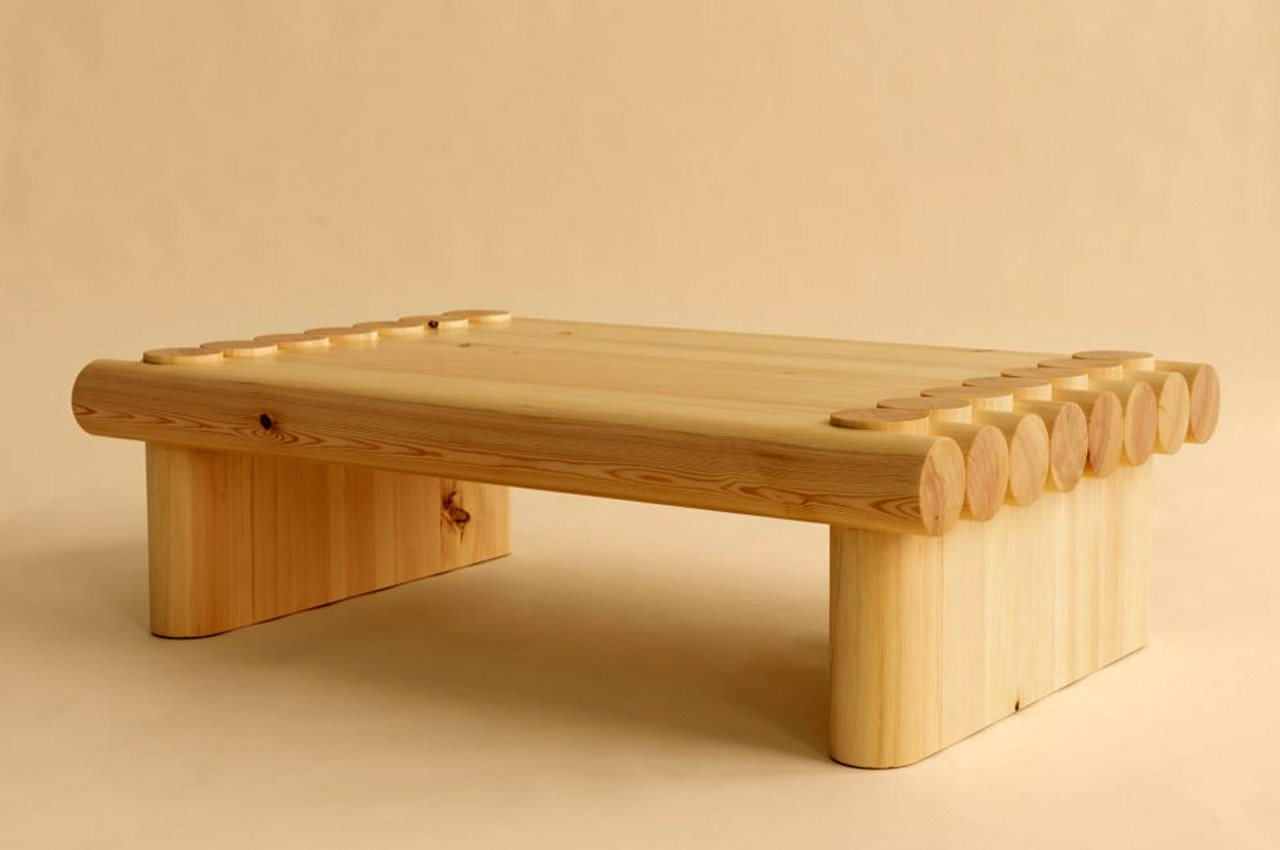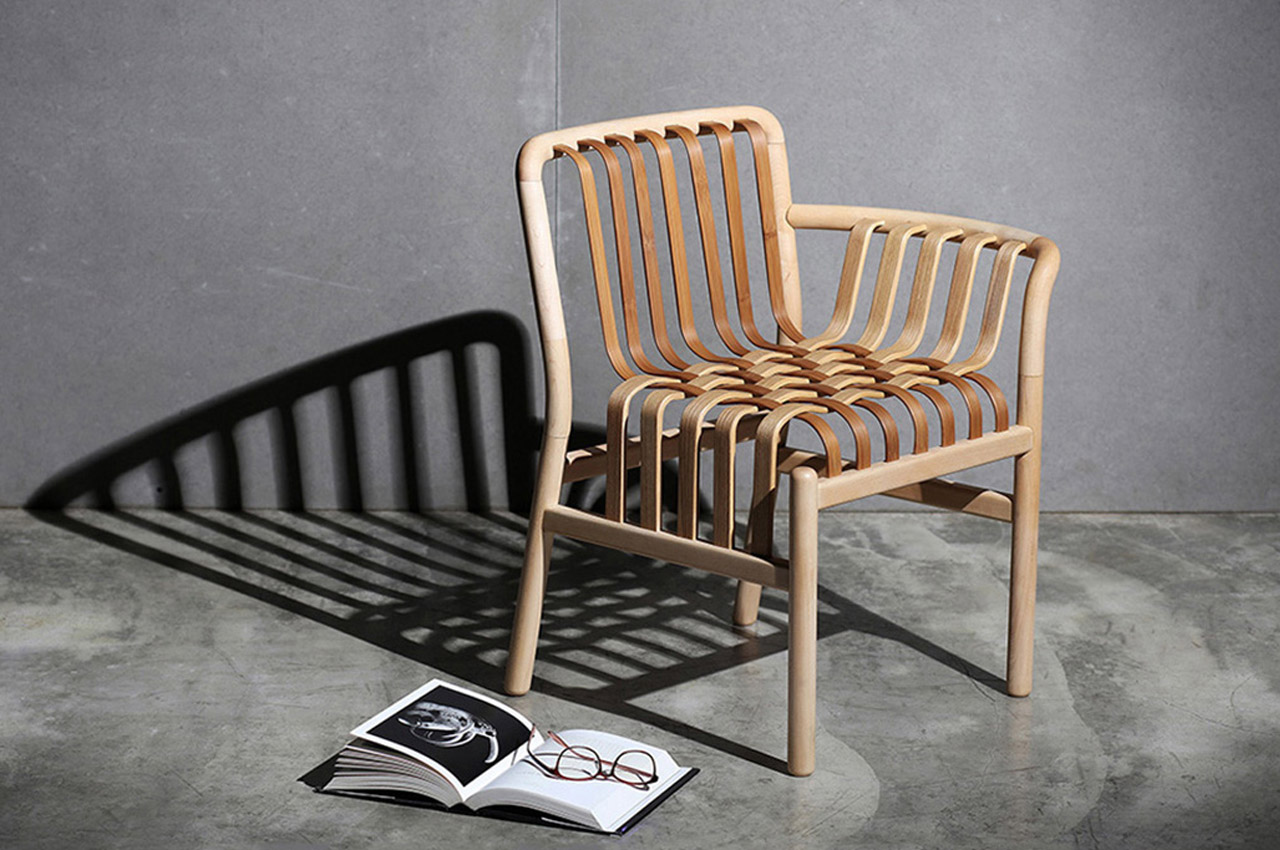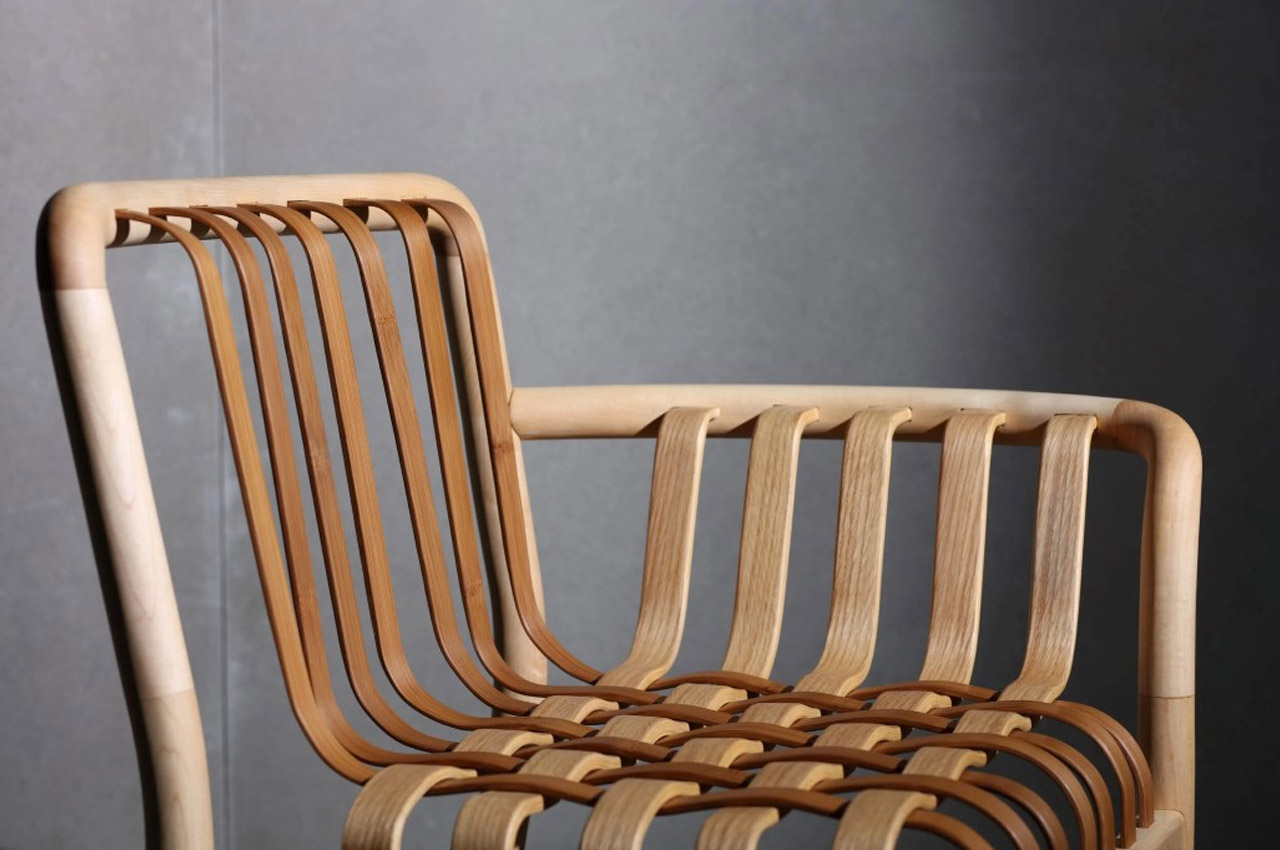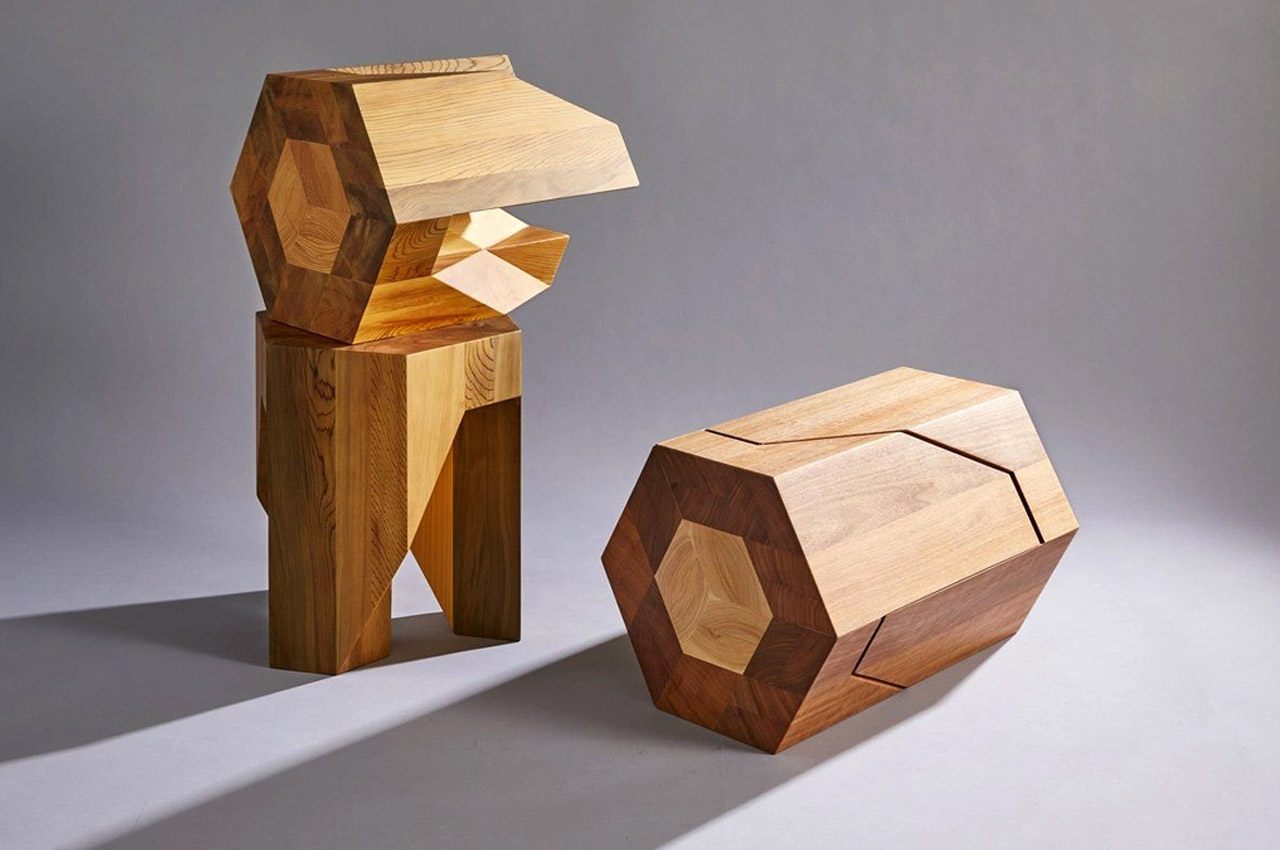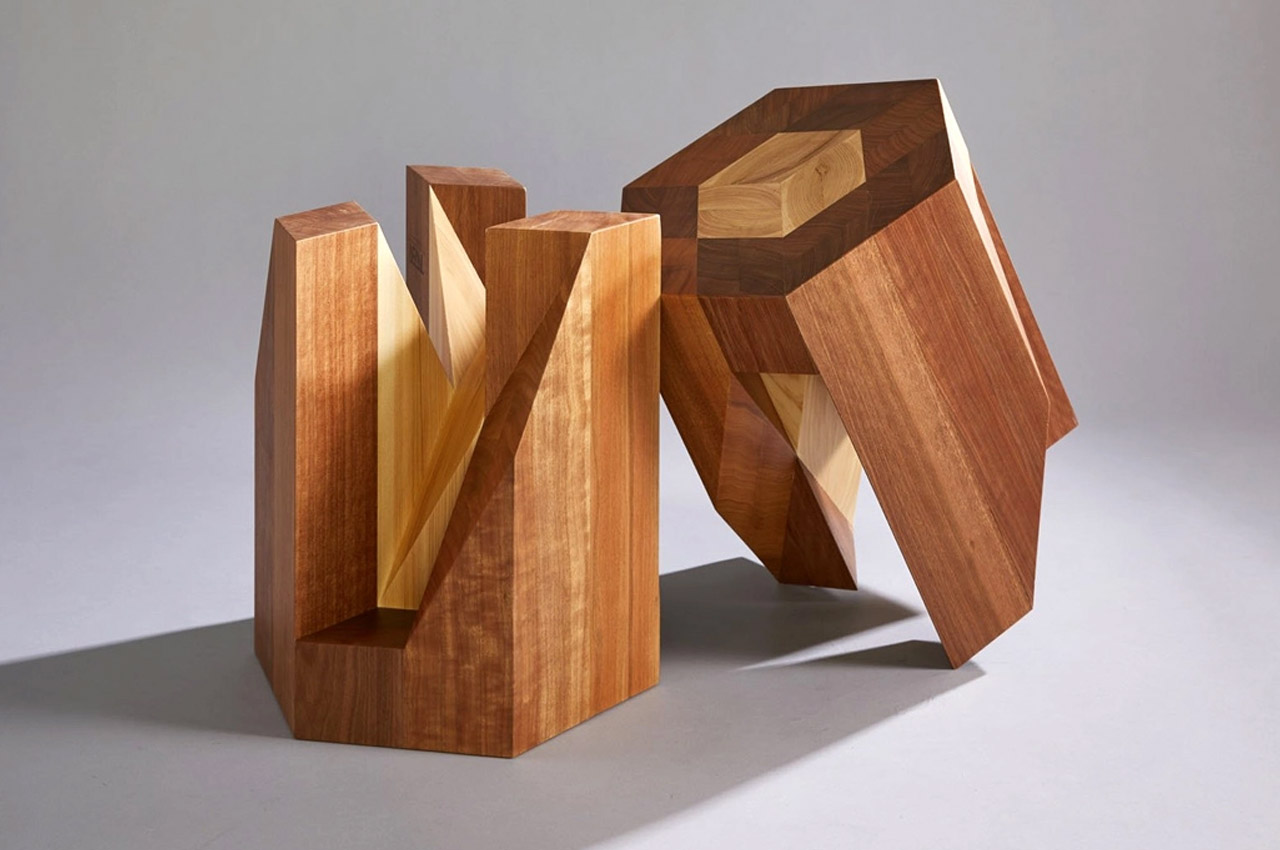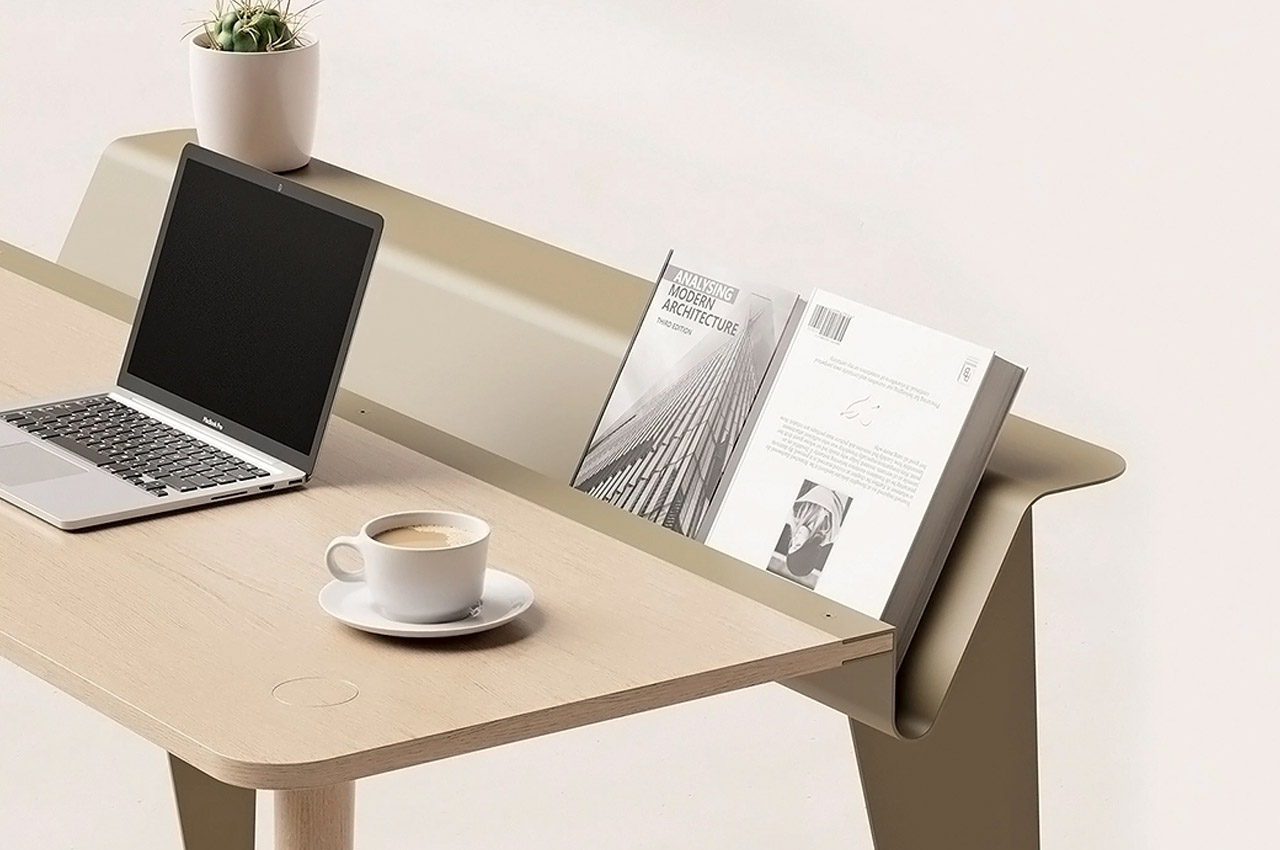
I absolutely love minimal furniture designs! A subtle and simple piece of furniture can truly complete a room. It can be the final piece that makes a space come full circle, building a comfortable and cohesive haven, rather than a random area. Furniture pieces make or break a home, they add on to the essence or soul of a home, hence one needs to be extremely picky while choosing a furniture design. The design should be a reflection of you, and what you want your home to be. When you place a piece of furniture in a room, it should instantly integrate with the space, creating a wholesome and organic environment. And I believe minimal furniture designs do exactly that! Hence, we’ve curated a collection of furniture designs that truly embody minimalism and its quaint simplicity and zen-ness. Add these pieces to your home to create a living space that truly feels like yours! Enjoy!
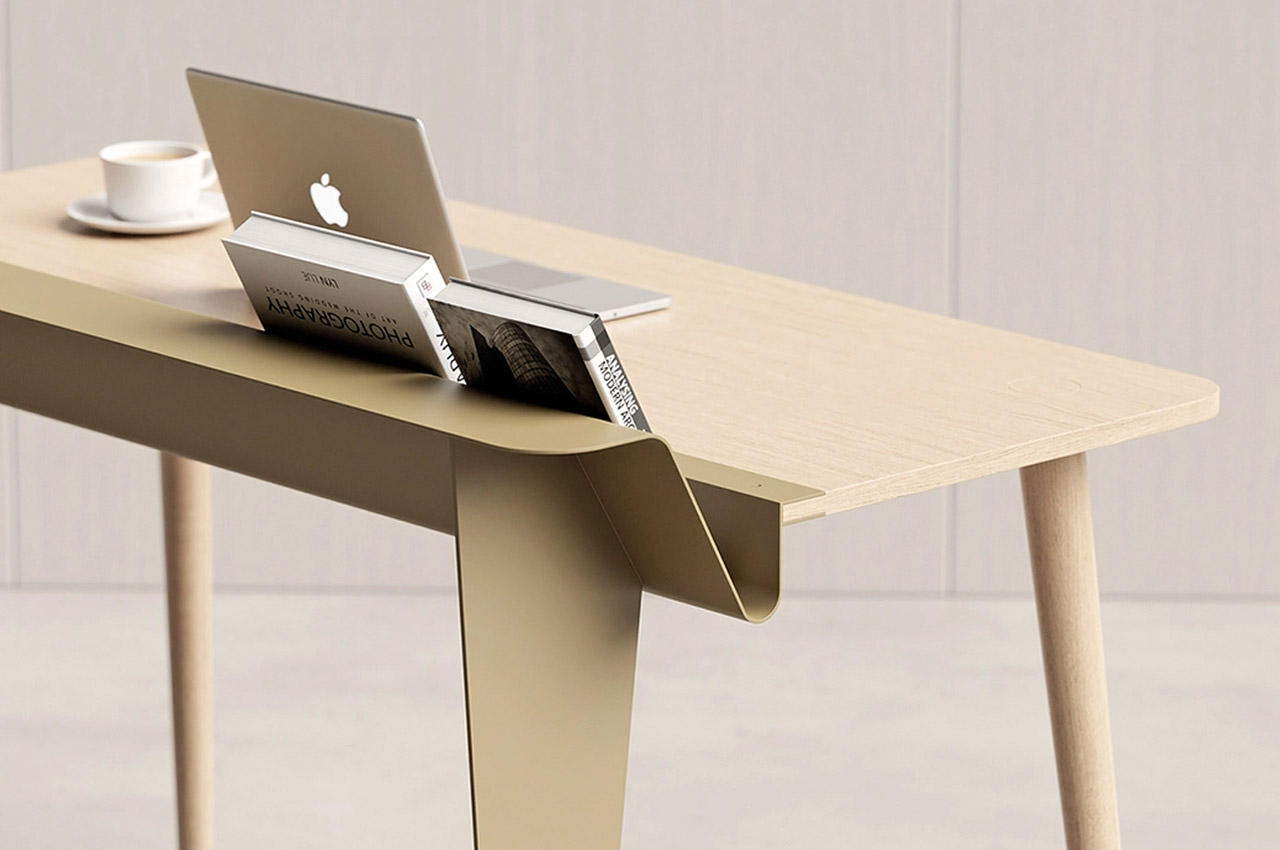
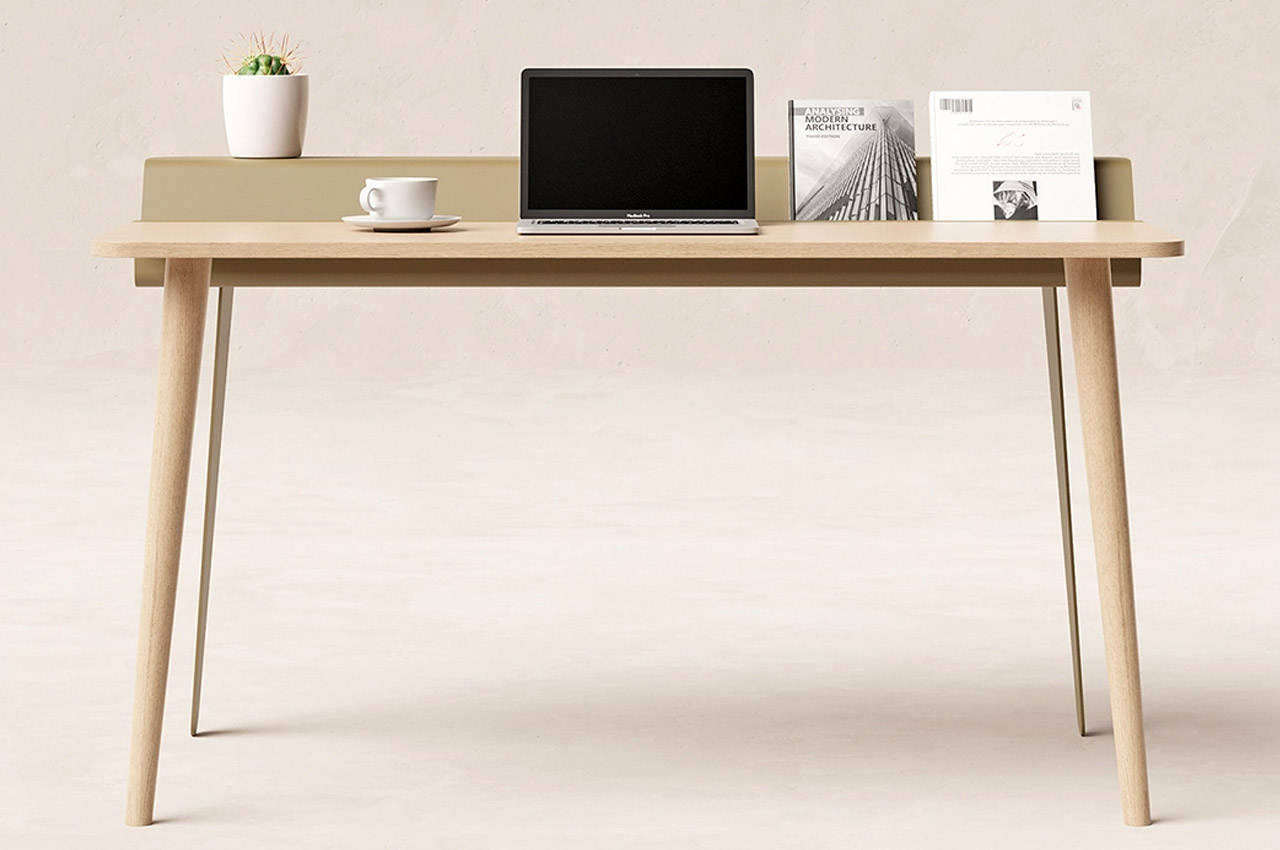
The Piano desk gives that traditional piano design a nod by incorporating it into your familiar wooden desk with some additional inspiration from the Standard chair by Jean Prouvé that elevates the minimal piece. The Piano desk created so the designer could experiment with a hybrid material selection and play with interesting visual contrasts. On the one hand, we have metal which is a cold material that is beautifully balanced by the warmer wood. On the other hand, the same metal which allows for a slimmer silhouette is given the sturdiness with the addition of wood. The key factor in the briefing was to design a product with a democratic approach. That is how the minimal desk without any complex production processes was born while still featuring a small design element that other minimal desks didn’t have – the dipped shelf!
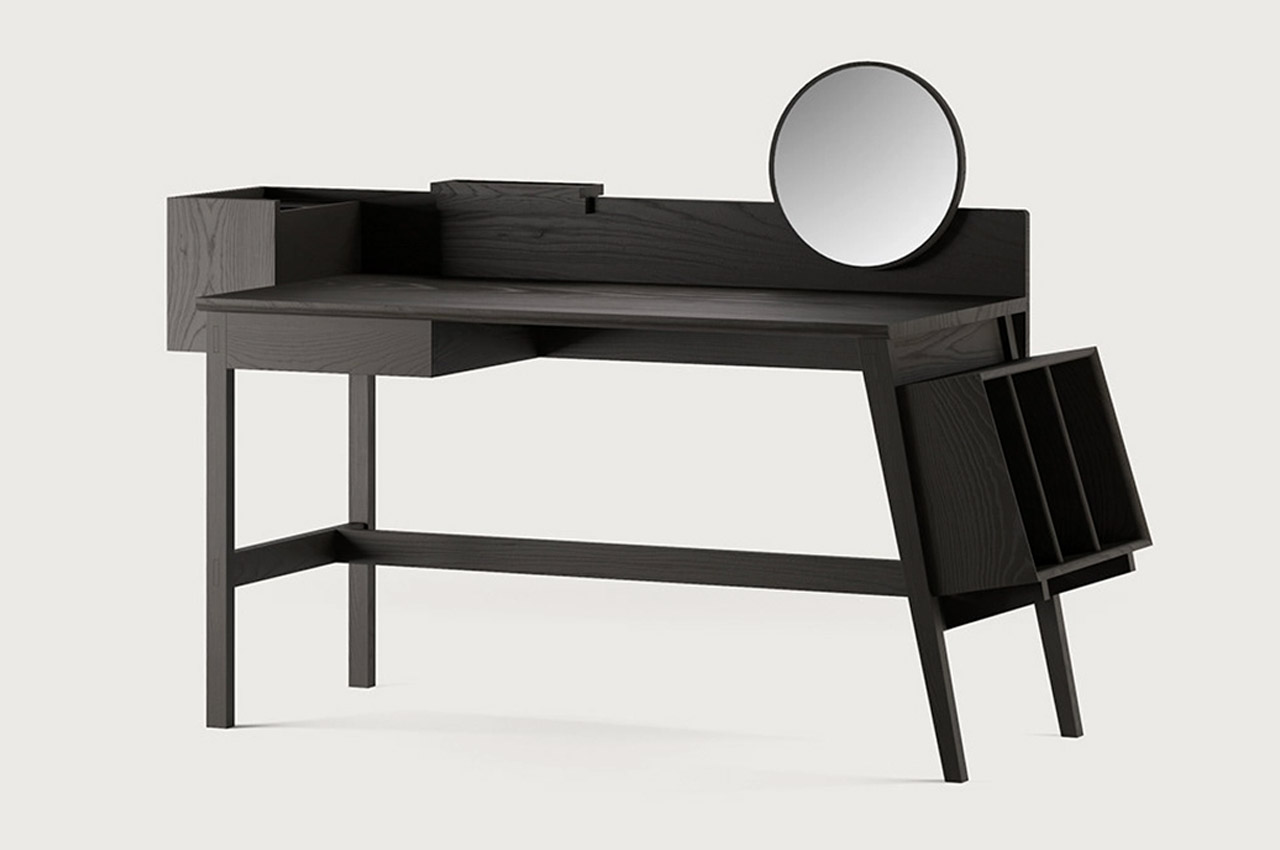
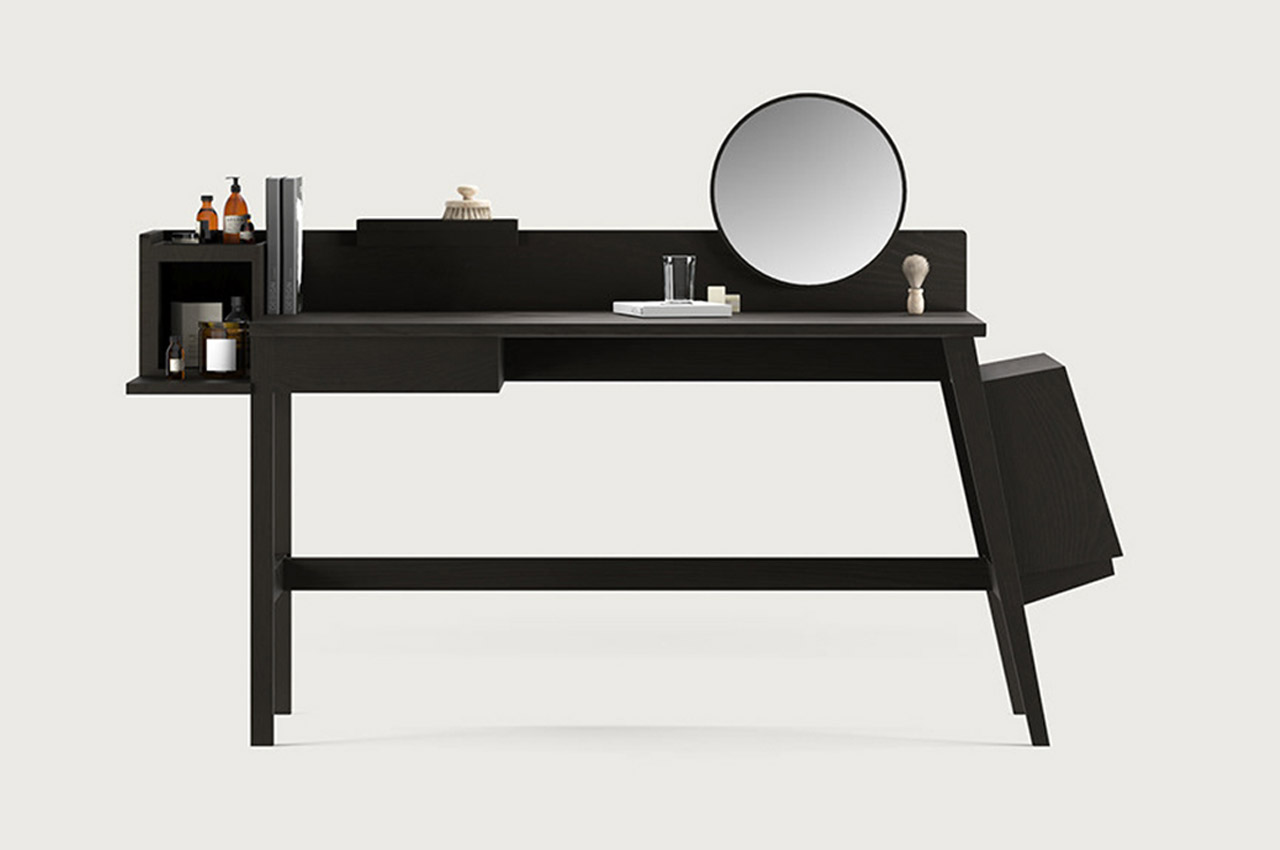
The Ark desk was designed for a client who wanted to increase the functionalities of his traditional table/desk – a need we have all realized during this pandemic. Ark is minimal in its design yet maximizes its surface area. The interesting thing about Ark’s design is that it can switch identities between the writing desk and the dressing table. The mirror is an optional feature for the desk, you can move its position based on what you are using it for. One of its sides is a downwards flanging cabinet included to increase storage. It provides a space for keeping cosmetics during dressing, books, or work-related files which ensures that the desktop space is clutter-free. The cabinet also keeps the items stored hidden from the front view which makes the overall visual of Ark a very clean and pleasing one!
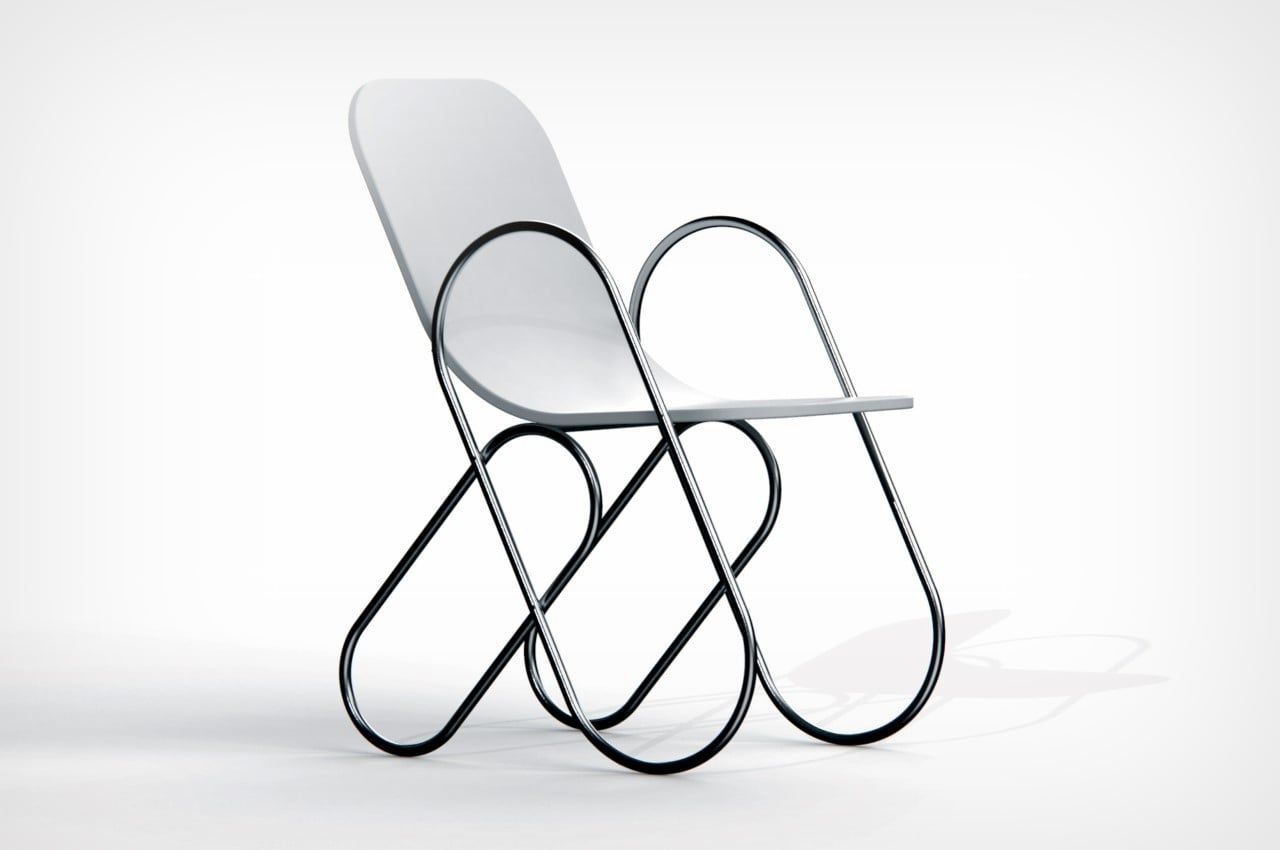
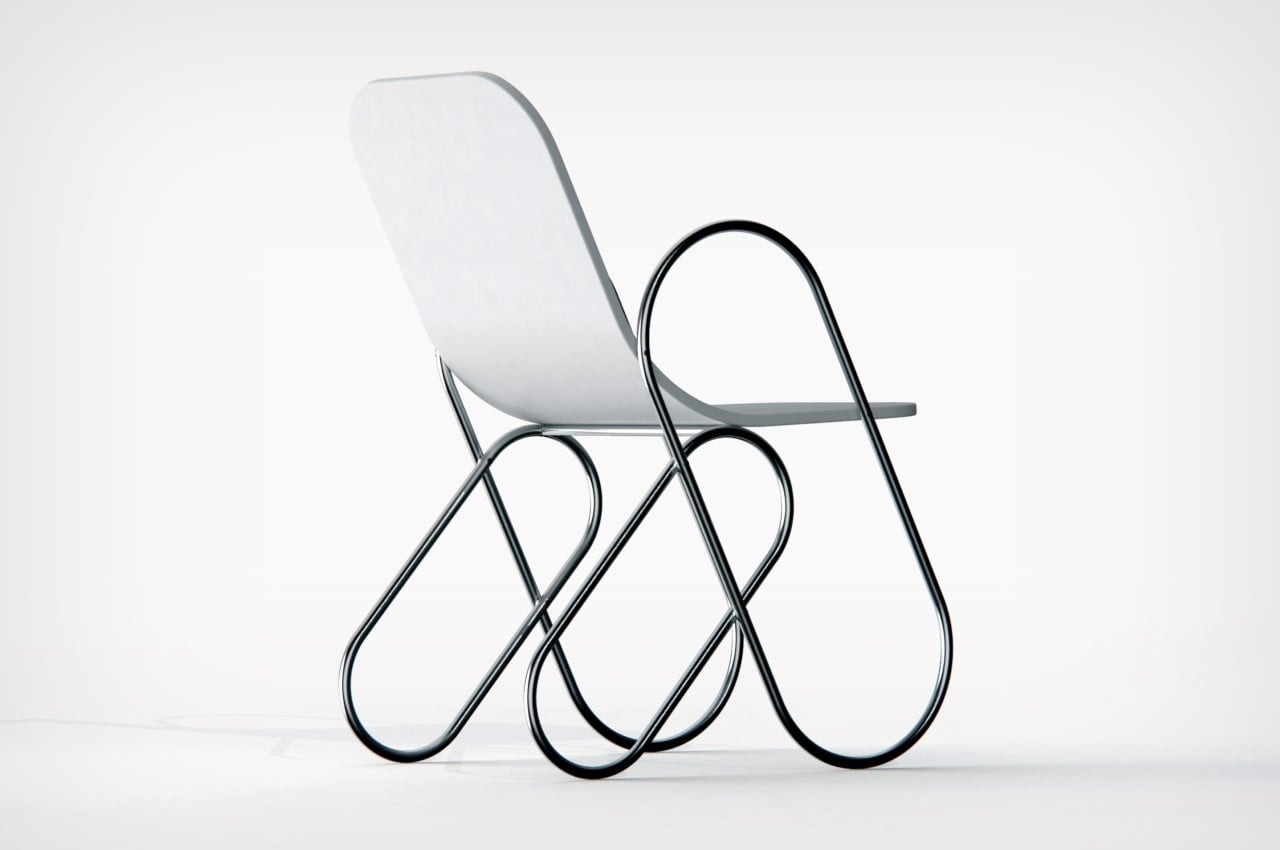
Stationery and Furniture really don’t have that much influence over one another. Just given their sheer size difference, the way a piece of stationery interacts with its surroundings is vastly different from how a piece of furniture does, considering its scale. However, Boston-based designer Andrew Edge is hoping to switch things up with the Paperclip Chair, a rather minimalist piece of furniture with oddly pleasing paperclip-shaped legs. The legs come with curved, angled forms made from metal piping, upon which rests the seat, yet another minimally designed detail.
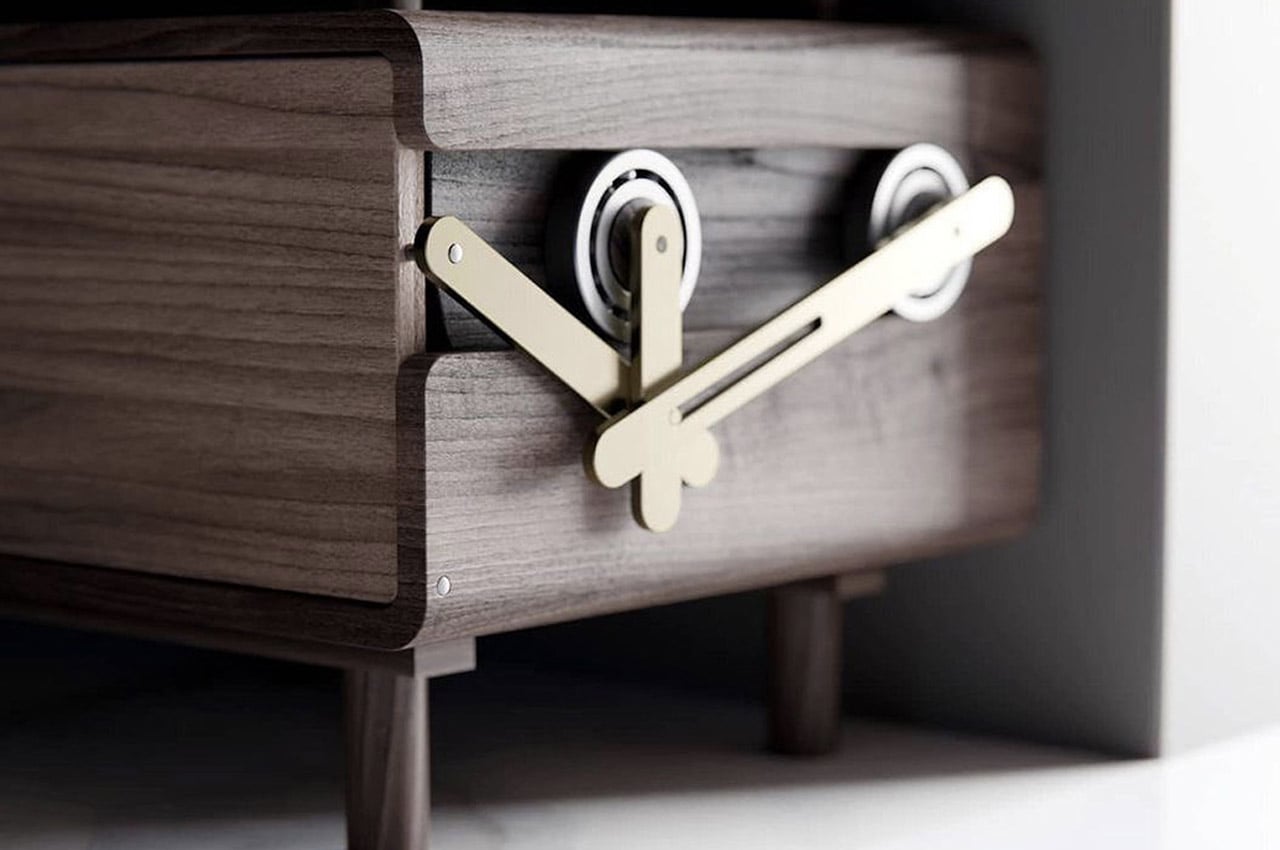
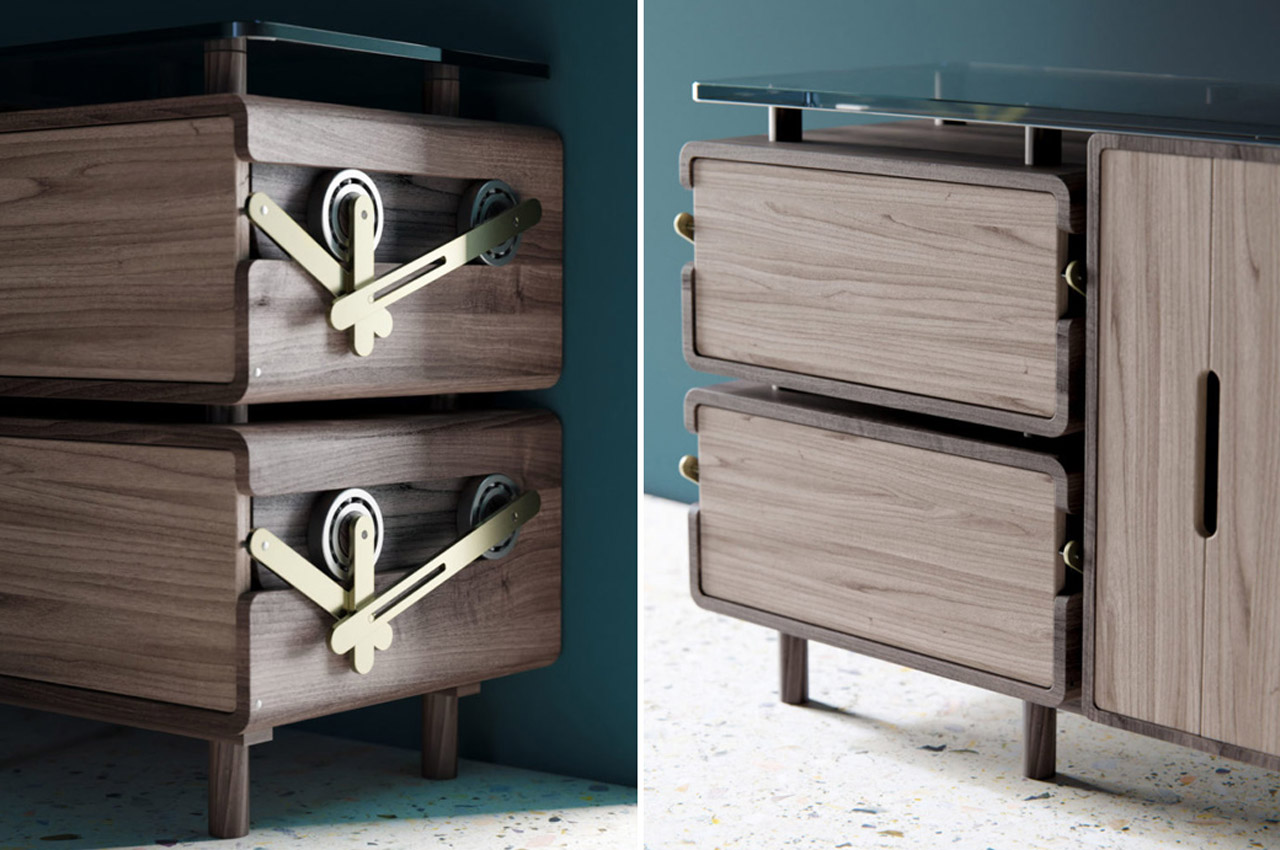
Sideboards are not thought of as dynamic or interactive but this furniture piece adds movement to the otherwise traditionally mundane design. It showcases a technical/mechanical approach to designing a sideboard and uses a combination of bearings + linkages for the sliding mechanism. The fun detail is that these are exposed and add more character to the piece. The front panel swivels over and the linkages push the drawer out. It’s crafted from maple and walnut wood with a glass top which gives it an evergreen aesthetic. The combination of woodwork and mechanics makes it an elegant vintage vibe. Sideboard has a universal appeal and the mechanism makes it more accessible for storing daily-use items as opposed to a junk closet.
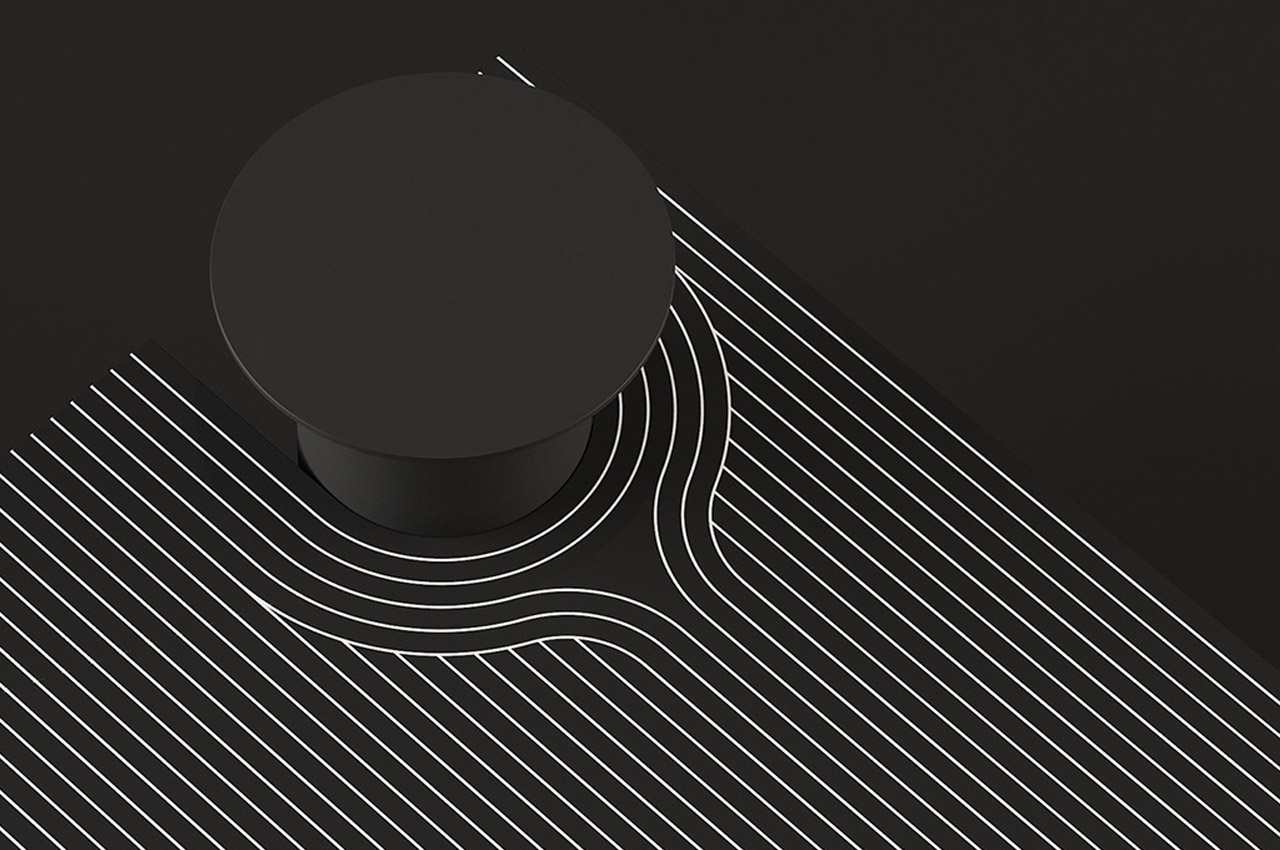
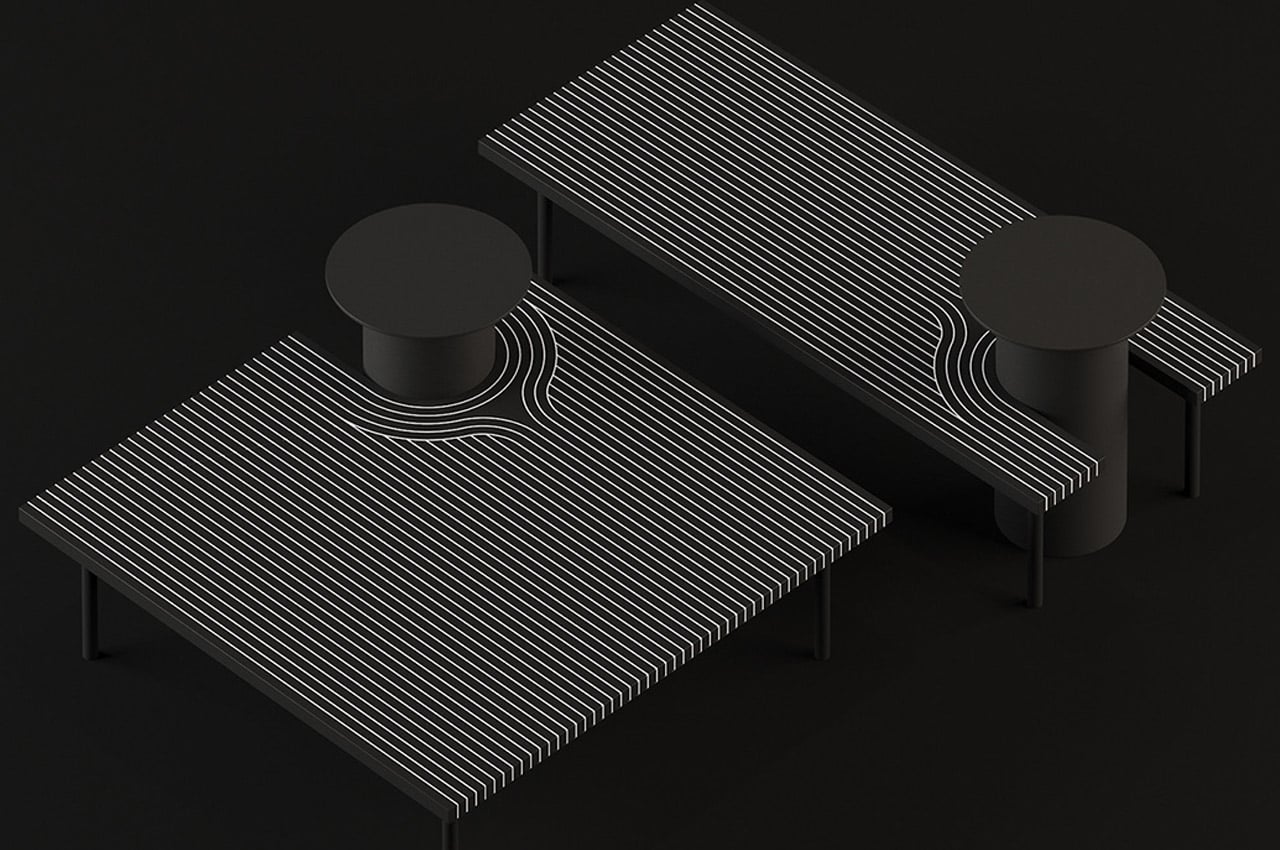
The minimal furniture collection uses clean lines focused around an elevated seat, bringing to mind the stunning visuals of the Gargantua black hole portrayed in Christopher Nolan’s Interstellar. The story goes like this – Eugénie von Tunzelmann, a CG supervisor at Double Negative, generated a flat, multicolored ring – a stand-in for the accretion disk – and positioned it around their spinning black hole. Something very, very weird happened. ‘We found that warping space around the black hole also warps the accretion disk, so rather than looking like Saturn’s rings around a black sphere, the light creates this extraordinary halo.’ This warping halo brings to mind the lines showcased in this design. The furniture itself boasts of low tables that work as a coffee table as well as a bench, given the changing width of the design.
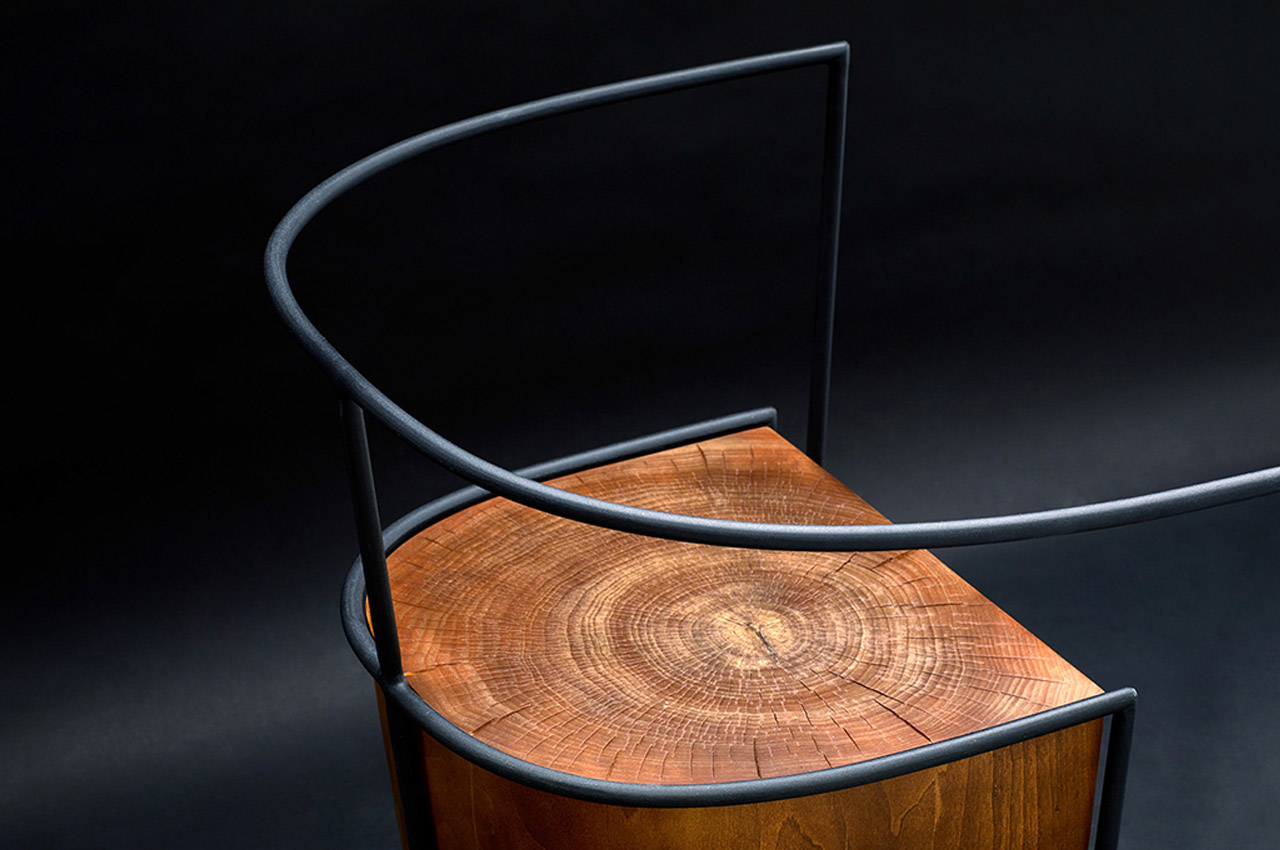
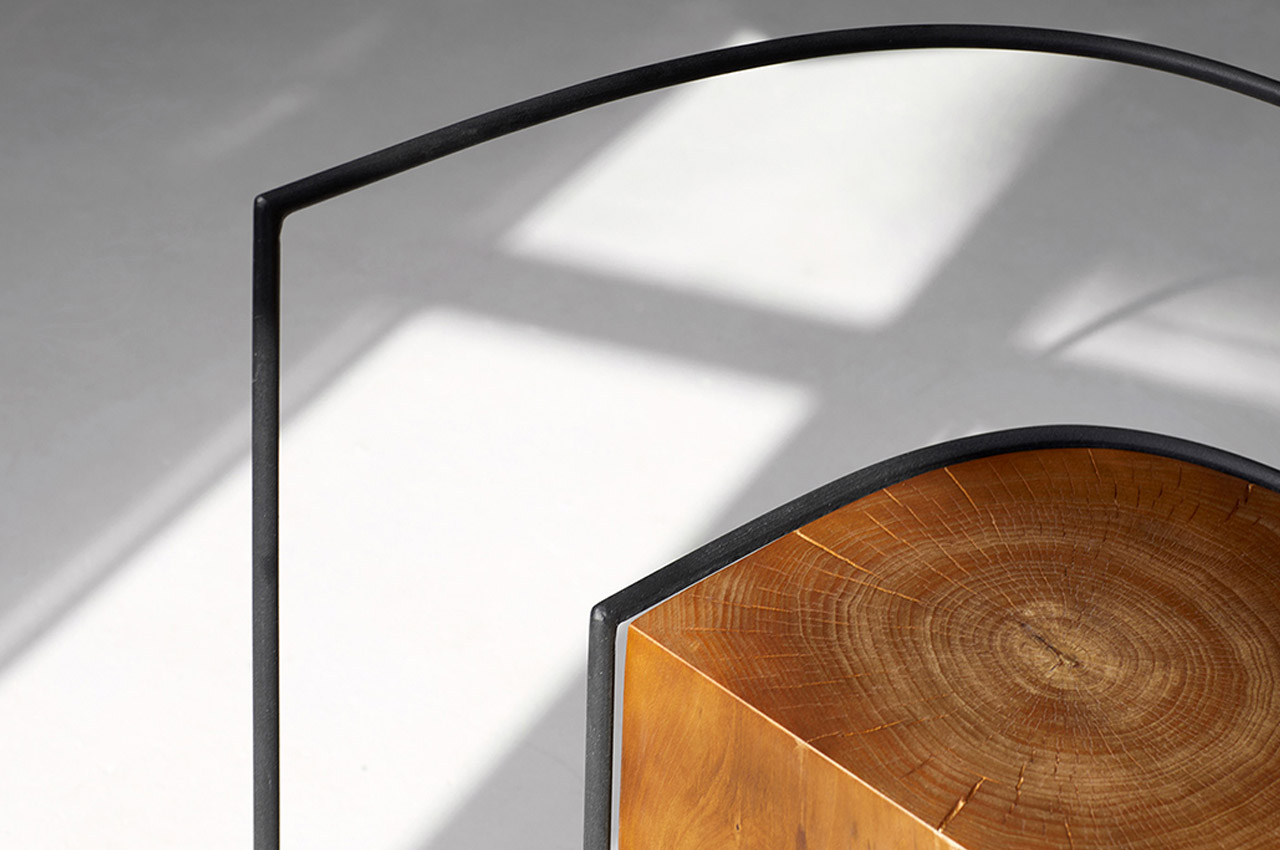
This chair is an amazing display of nostalgia and minimalism through furniture design. The designer wanted to incorporate our inherent ways of interacting with nature into a chair. Stubby chair was inspired by these environmental settings that combined the love for interiors with an element from the exterior world. Nature is the best designer (for the most part!) so observing nature gives the designer a lot of clues and points of directions where they should pay attention so it fits seamlessly into our lives. “Over time, you settle down with some household items, borrowed from nature. At the same time, you understand that the world is changing and you are changing with it,” she says describing the simplistic design which can age with time.
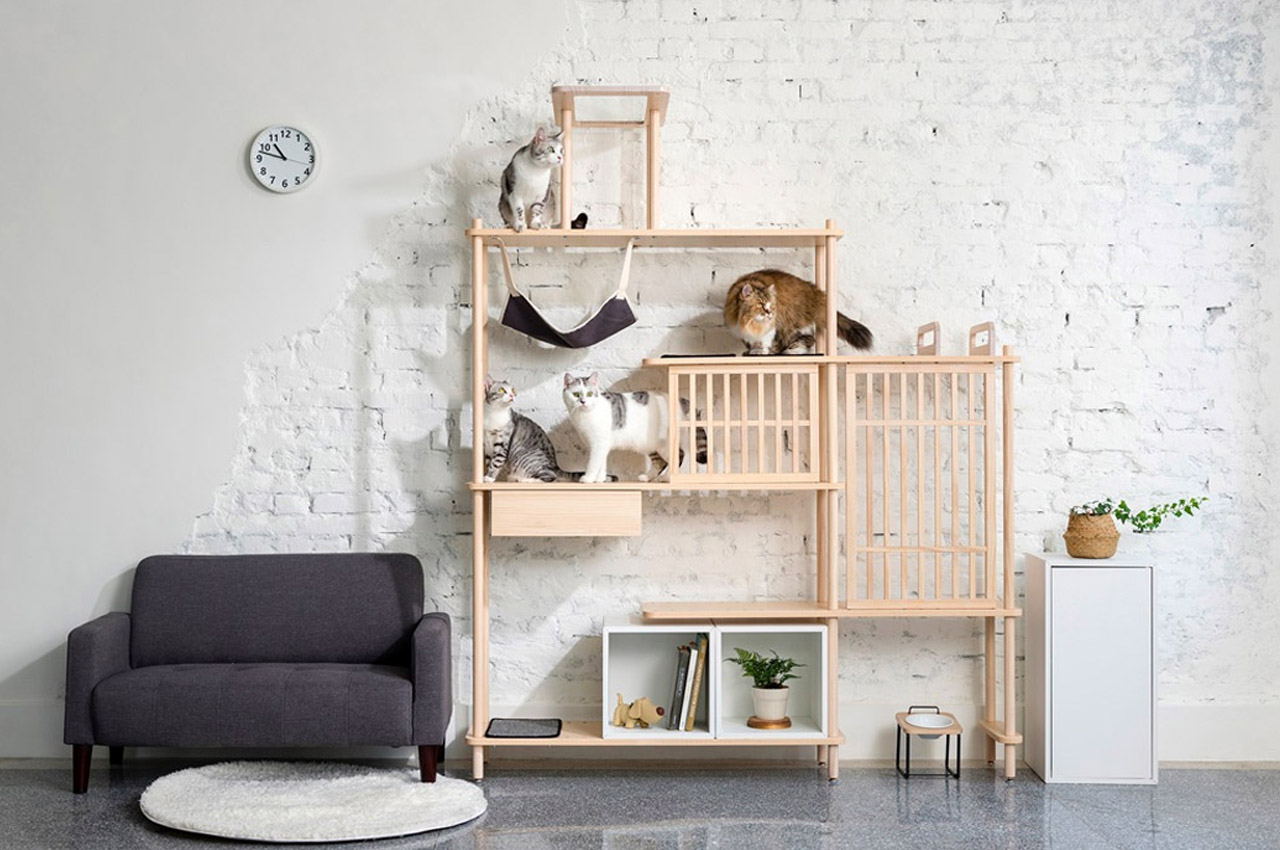
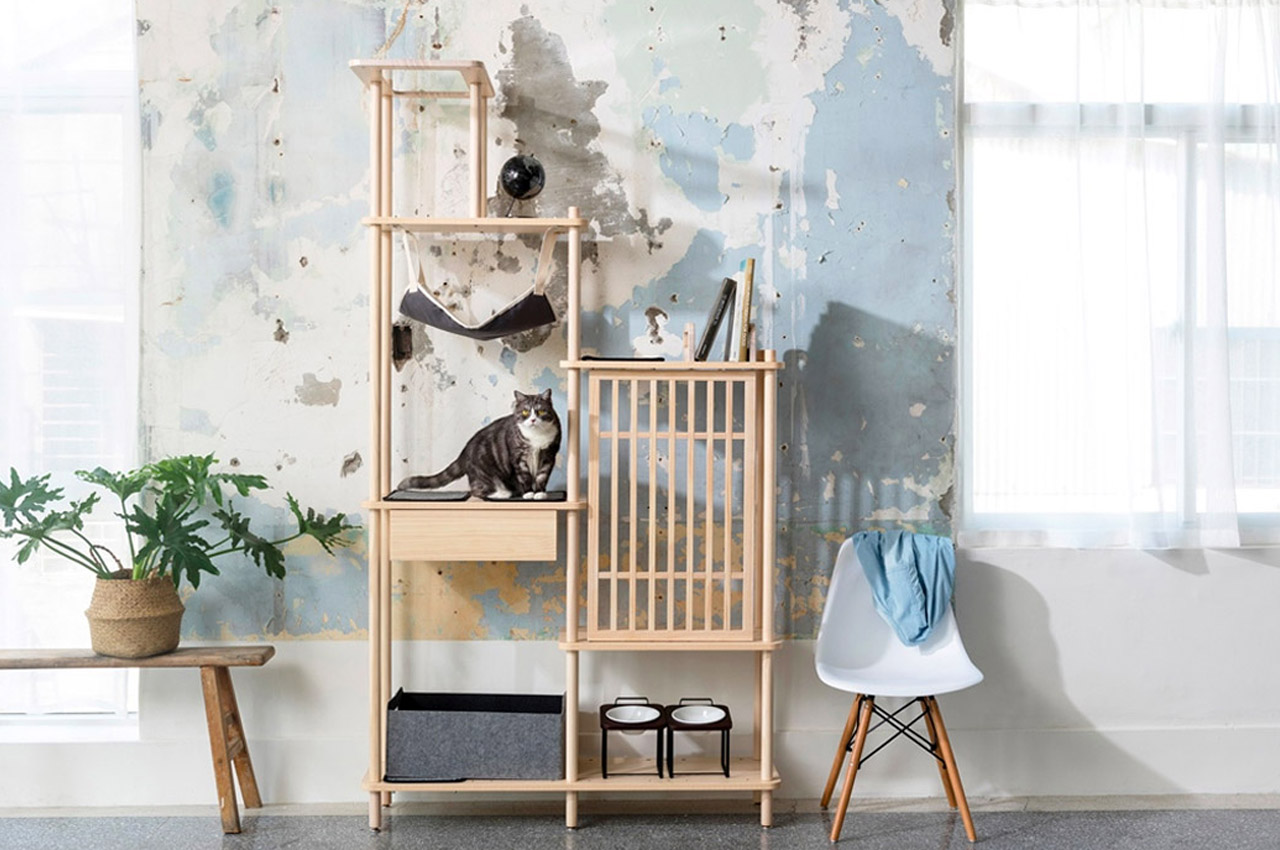
Winner of the Golden Pin Design Award, the Bien Bien Cat Tree by Cheng-Liang Wu and Chia-Wen Lin is a cat tree that also masterfully doubles up as a piece of furniture. It’s a beautiful product that caters to the needs of both your cat (s) and you, functioning as a space that can be utilized and shared by humans and felines alike. You can build the modular cat tree all by yourself, its modularity allows it to be assembled in various ways, according to personal requirements, space restrictions, and of course, the moods of your cat. There are several shelving options for you to store your precious belongings in, as well as little nooks and crannies for your pet to sleep and play around in. Multiple accessories can be attached as means of recreation for your cat, and my favorite one, hands down, is the tiny hammock!
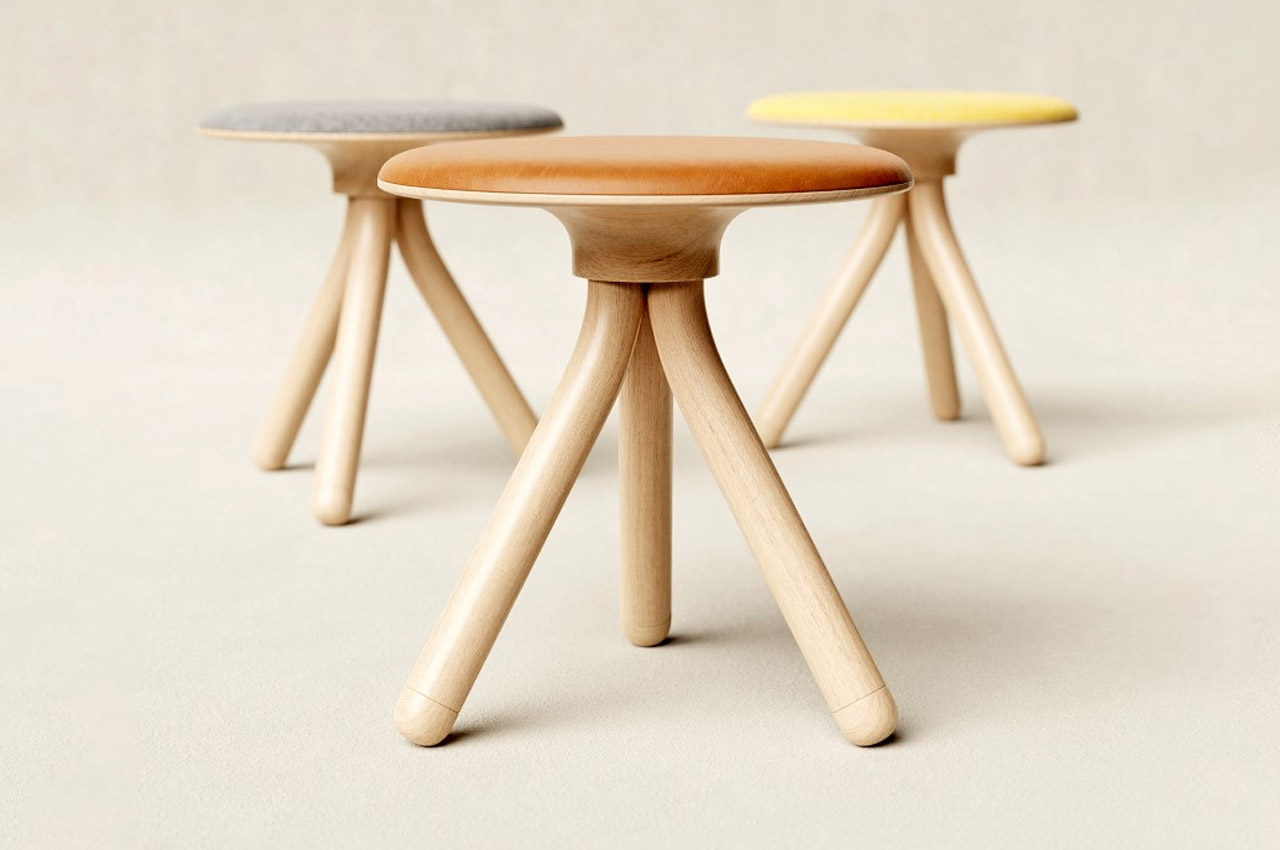
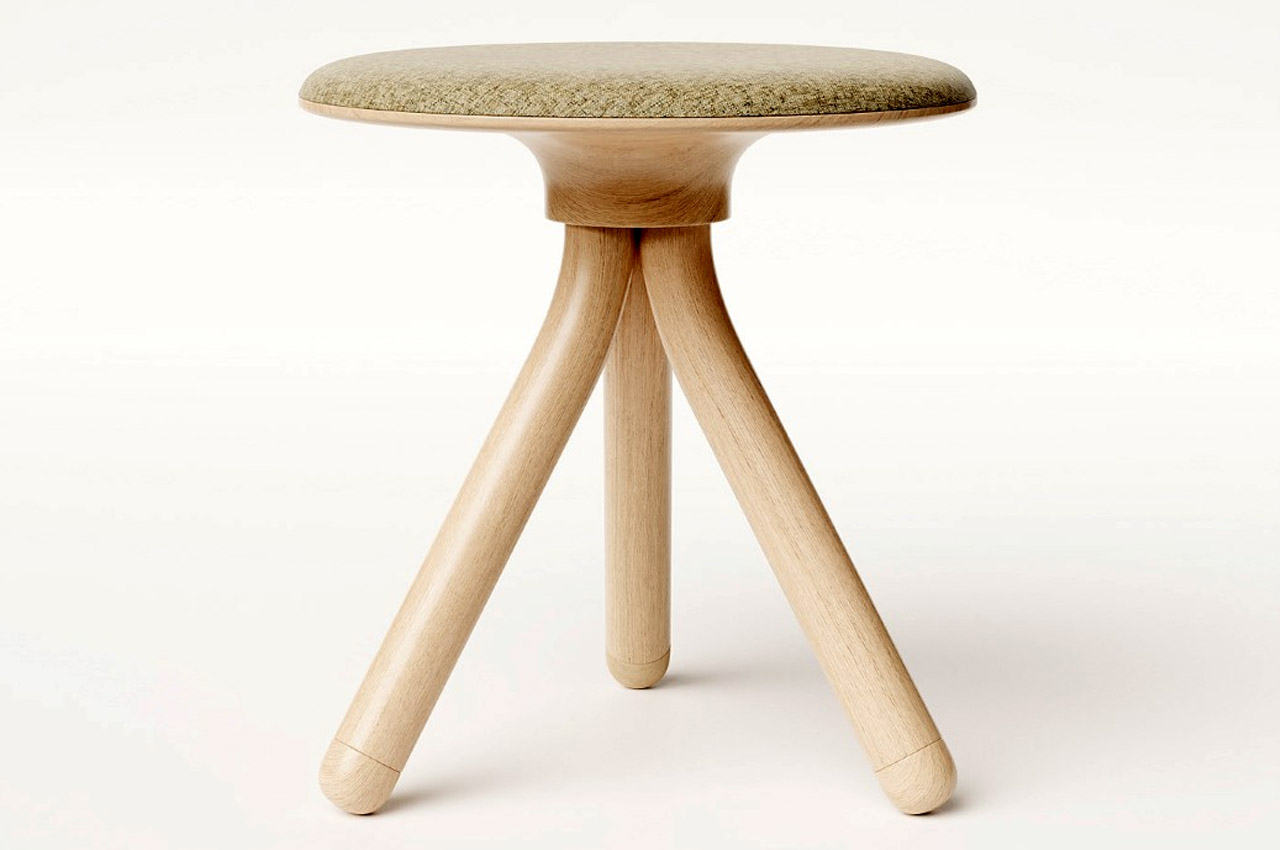
Nail four legs together put a seat on top, you have yourself a stool. That’s what the most simplistic and basic form of a stool is – four wooden legs capped with a circular or square seat. Award-winning designer João Teixeira, however, is challenging the notion of what that basic archetype of a wooden stool should look like. His design, the Knot Stool, makes use of wood in an unusual way, lending it an appearance that resembles the styles of metal and plastic furniture. The Knot uses a lathe-spun seat beneath which sit three steam-bent wooden legs, giving the stool a fun, funky facelift.
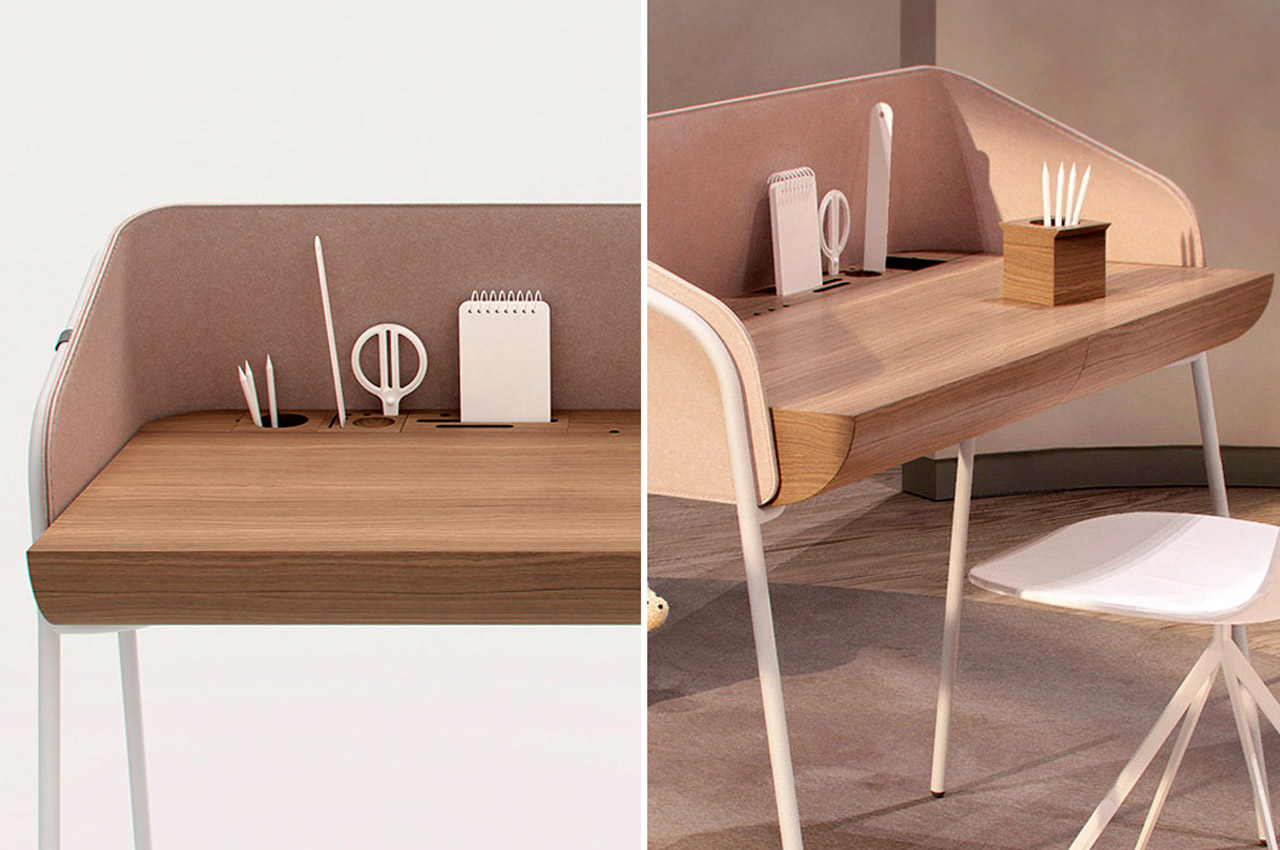
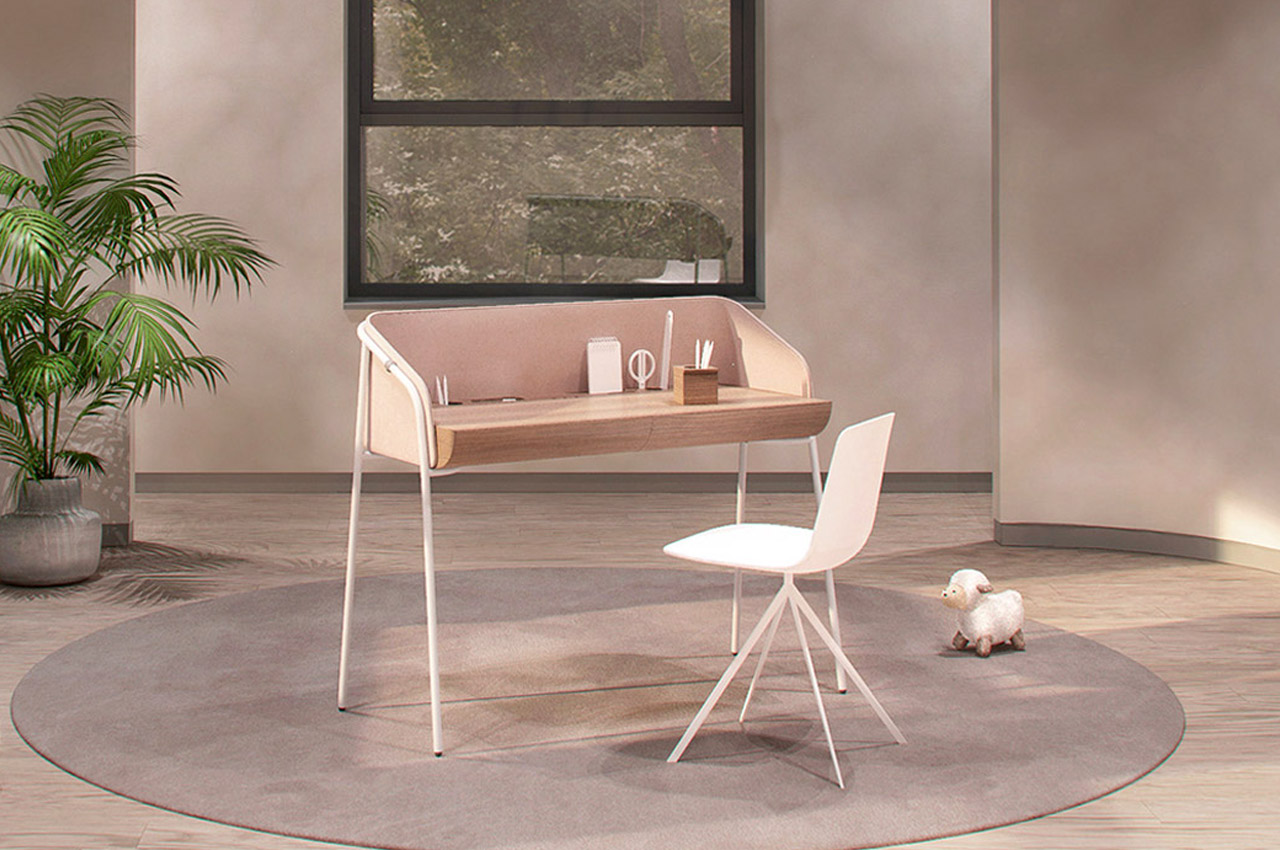
Designed by Annabella Hevesi, there is something about the ODU Desk that instantly puts me at ease. It’s just so well-designed! Clean, minimal, and soft, it’s a desk that almost gives me Japandi feels. (Japandi is a growing design trend that merges Japanese and Scandinavian aesthetics.) It’s a warm wooden desk with a protective screen around it that ensures you have your privacy while working! It shuts off the outside world and helps you focus completely on your work. Not to mention, the wooden desk top has been integrated with little storage containers! These containers are perfect for storing your office stationery, souvenirs, and other knick-knacks you may want to place on your desk. An interesting feature is that you can actually remove and separate the containers from the desk. This is perfect for when you want to clean the nooks and crannies of the desk.
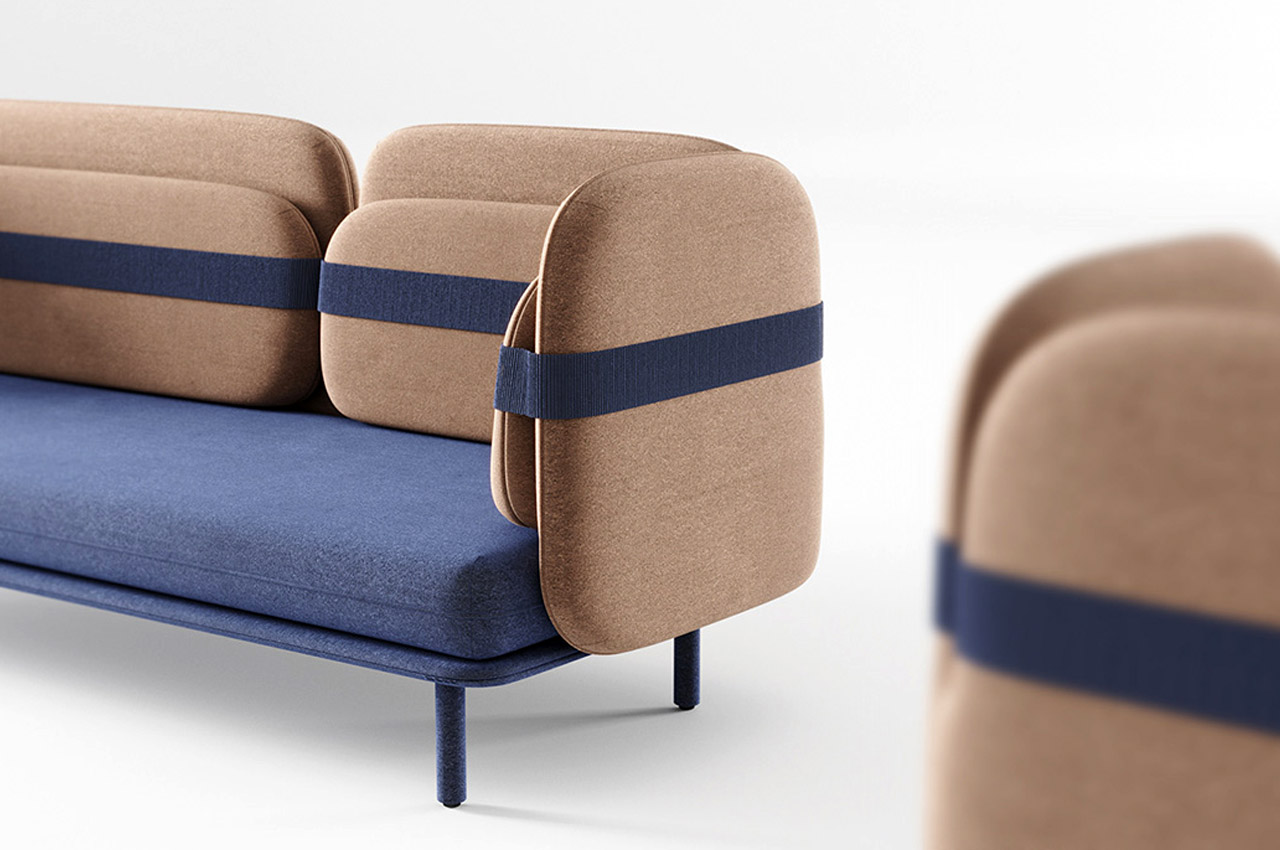
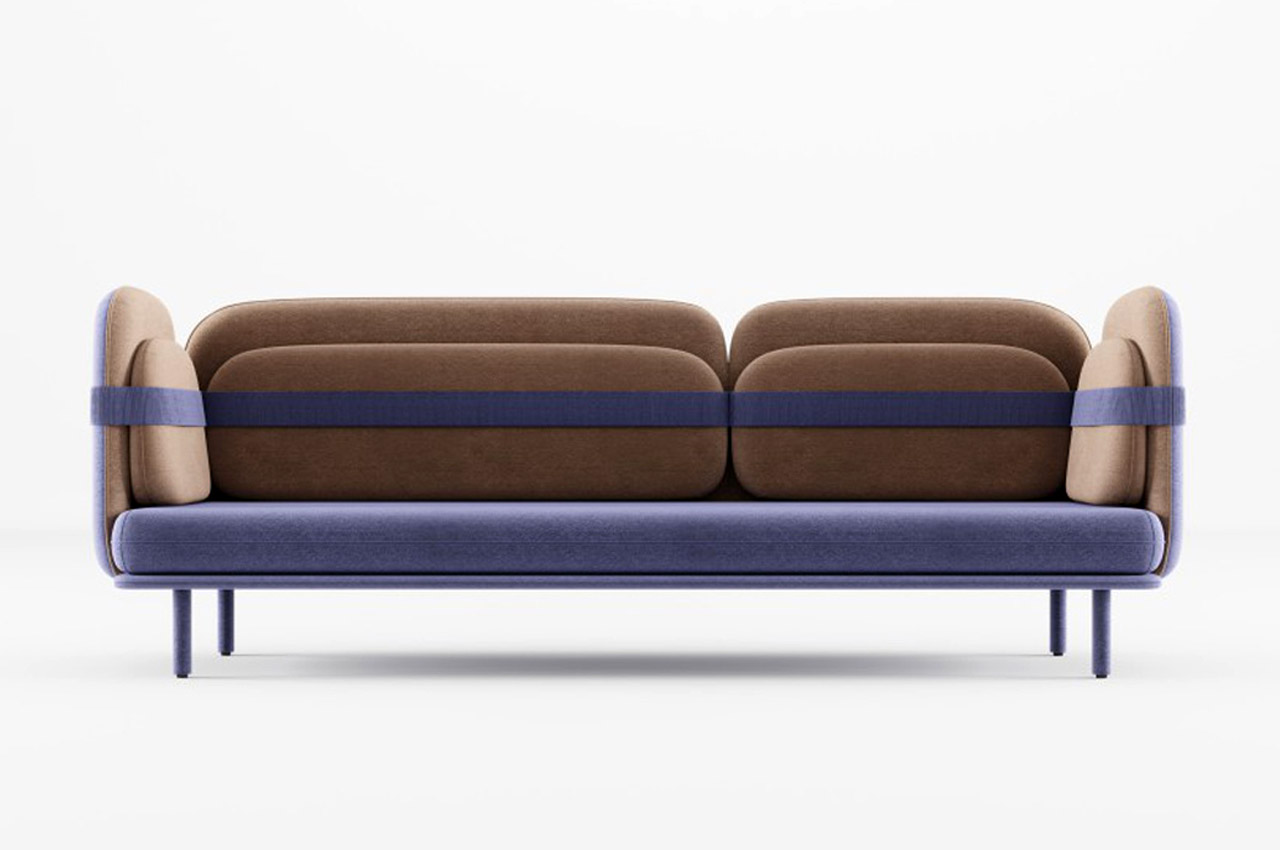
The Bandage Sofa is quite self-explanatory in its approach. The sofa uses a bandage in either the same color or a contrasting hue to hold your cushions in place – whether you choose to arrange for comfort or style! When members of the Bogdanova Bureau team started to design this sofa, they first thought about comfort. The first thing you imagine when you think about the couch is a dozen uncomfortable pillows, moving from side to side and making your rest miserable. With Bandage Sofa, your cushions stay just the way you want them to! The clean lines muted yet modern tones, and sleek design makes it a perfect match for every interior setting.

